Corsica (266 hotels)
Known as the “Island of Beauty,” Corsica is a stunning Mediterranean gem boasting rugged mountains, crystal-clear turquoise waters, and a rich blend of French and Italian cultures. This unique island captivates visitors with its dramatic coastline, charming villages, and wild, unspoiled landscapes. The historic city of Ajaccio, birthplace of Napoleon Bonaparte, offers a lively mix of cultural heritage, bustling markets, and seaside charm. Bastia, with its vibrant port and colorful old town, provides a gateway to the island’s northern treasures. Further south, Porto-Vecchio and Calvi enchant with their beautiful beaches, medieval citadels, and vibrant nightlife. Corsica’s vast natural parks, like the Parc Naturel Régional de Corse, showcase breathtaking hiking trails, deep gorges, and pristine forests, making it a paradise for outdoor lovers. The island’s rich culinary traditions, featuring chestnut specialties, wild boar, and fresh seafood, add another layer to its irresistible appeal. Whether exploring ancient history, savoring local flavors, or soaking in spectacular scenery, Corsica offers a captivating escape that feels both wild and welcoming.
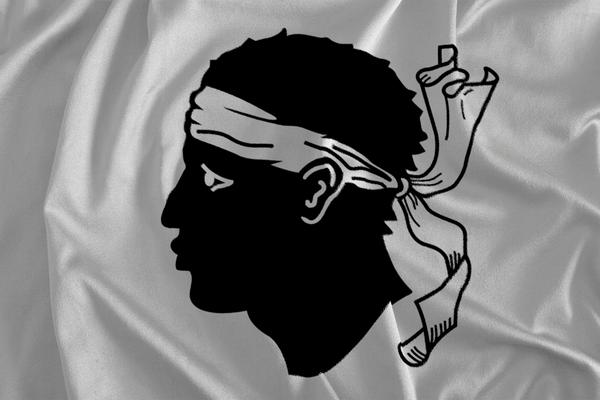
HÔTEL MARINCA
hotel-marinca.comSANTATERESA
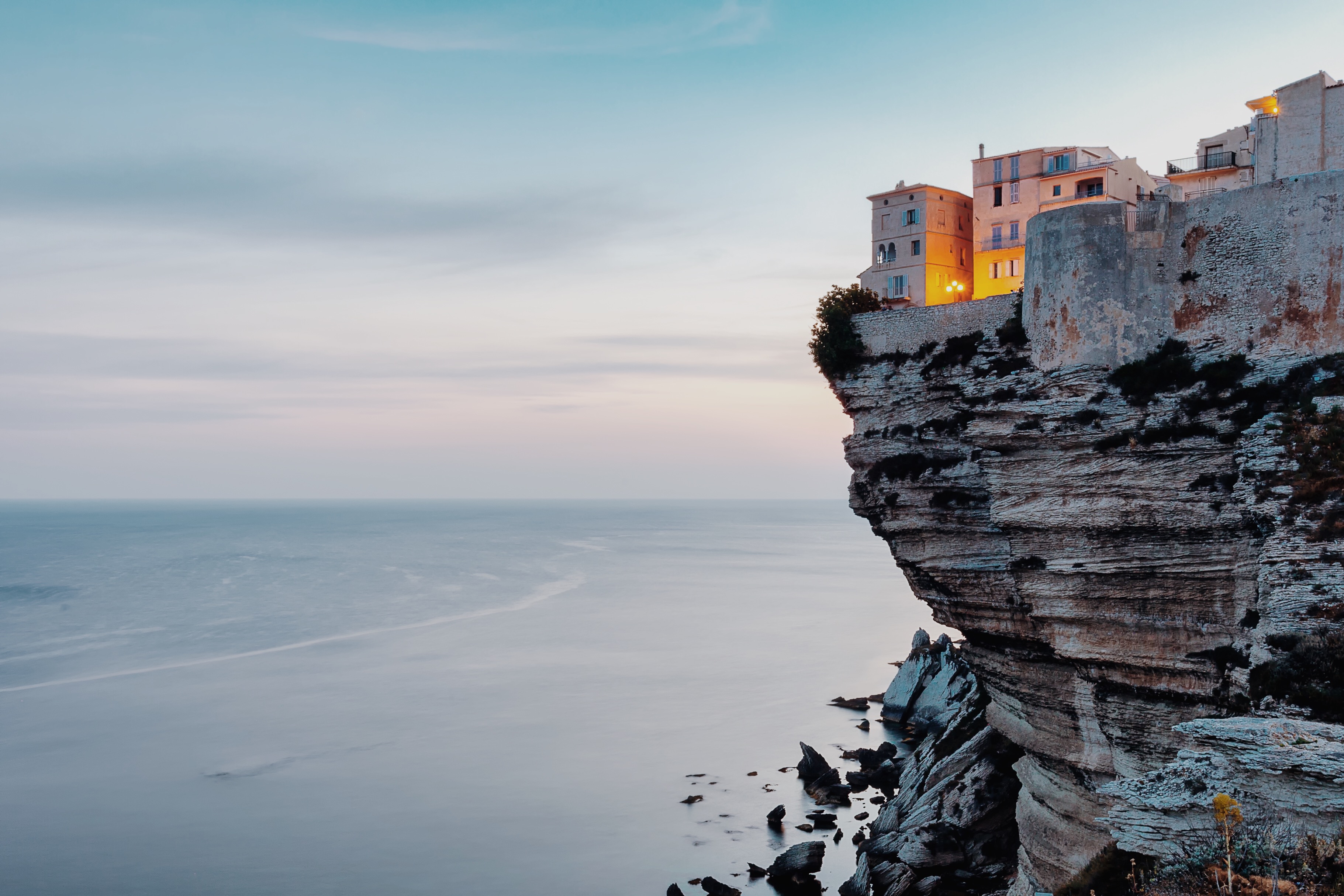 hotel-santateresa.com
hotel-santateresa.comAUBERGE LUSTINCONE
u-lustincone.comGRAND HOTEL DE CALA ROSSA
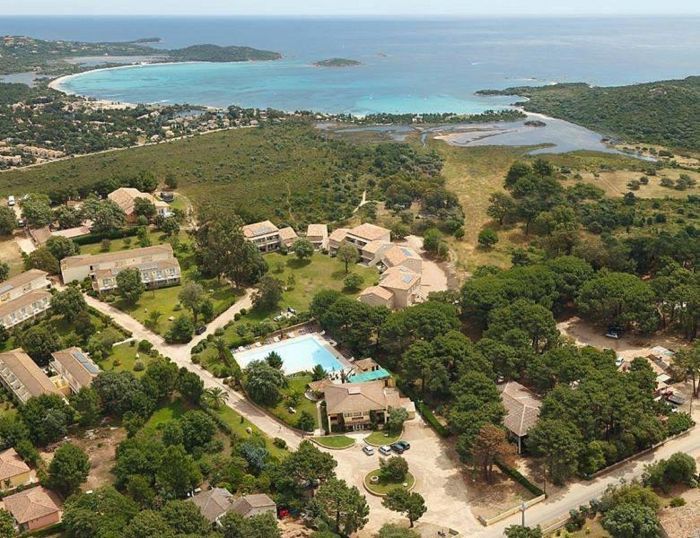 cala-rossa.com
cala-rossa.comHOTEL ARTEMISIA
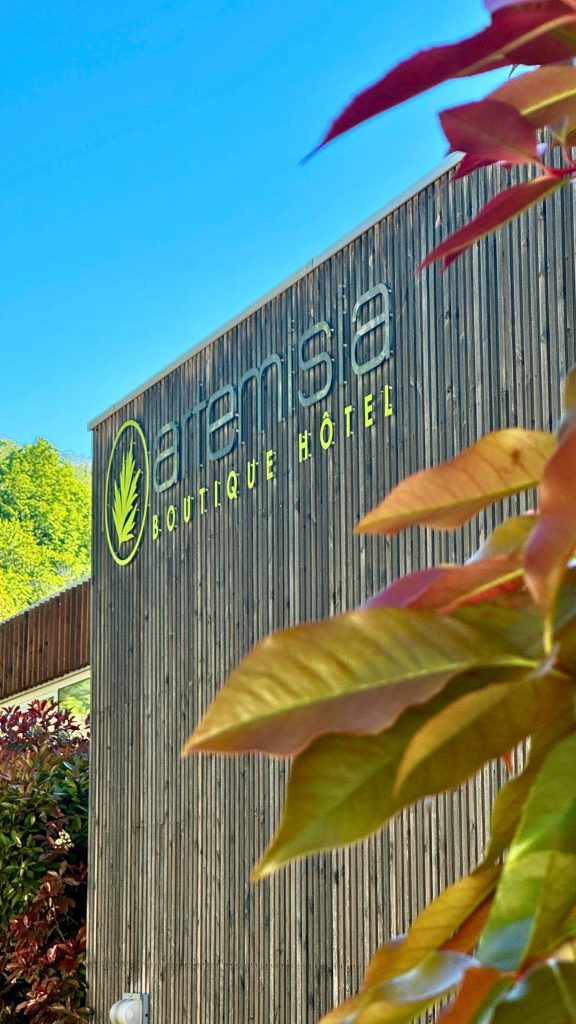 hotel-artemisia.com
hotel-artemisia.comHÔTEL LE SAINT ERASME
ROYAL PALM
 royalpalm-corse.com
royalpalm-corse.comHÔTEL LE SUBRINI
hotel-porto.comLES PAVILLONS DU GOLFE
pavillonsdugolfe.comHÔTEL DES NACRES
hoteldesnacres.frHÔTEL LA CARAVELLE
hotelrestaurant-lacaravelle-bonifacio.comKALLISTE
 cyrnos.net
cyrnos.netHÔTEL ORIZONTE
hotelorizonte.comRÉSIDENCE CASA D'ORINAJU
 odalys-vacances.com
odalys-vacances.comHÔTEL SAN DAMIANU
 sandamianu.fr
sandamianu.frHOTEL MARIANA
hotel-mariana.comMACCHIA E MARE
HÔTEL CYRNOS
torraccia.comDOMAINE DE MURTOLI
murtoli.comRéserve Naturelle de l'Étang de Biguglia
The Étang de Biguglia is Corsica's largest lagoon, covering 1,790 hectares with 1,450 hectares of water. Located near Bastia, it spans four communes: Furiani, Lucciana, Borgo, and Biguglia. This shallow lagoon, with an average depth of 1.5 meters, is a vital ecological site, recognized as a Ramsar Wetland of International Importance since 1991 . 🦆 Biodiversity & Wildlife The lagoon is a sanctuary for over 250 bird species, including flamingos, herons, and the rare white-headed duck, which has been reintroduced since 2001 . It also hosts various reptiles like the European pond turtle and amphibians such as the Sardinian painted frog. The aquatic vegetation includes seagrasses like Zostera and Ruppia, supporting a rich ecosystem . zones-humides.org 🏞️ Activities & Access Eco-Museum: The Fortin Eco-Museum offers educational exhibits on local wildlife, fishing traditions, and wetland ecology. Open Tuesday to Saturday, 9 AM–12 PM and 1 PM–5 PM. Entry is €2 for self-guided tours and €4 for guided tours (June–September) . Discovery Trails: The "Tombulu Biancu" trail is a 3 km loop along the eastern shore, ideal for birdwatching and nature walks . Fishing: Traditional fishing is practiced, yielding approximately 100 tonnes of fish annually, including mullet and eels. Fishing is regulated and requires a valid permit . Prohibited Activities: Swimming, motorized boating, camping, and open fires are strictly prohibited to protect the delicate ecosystem .
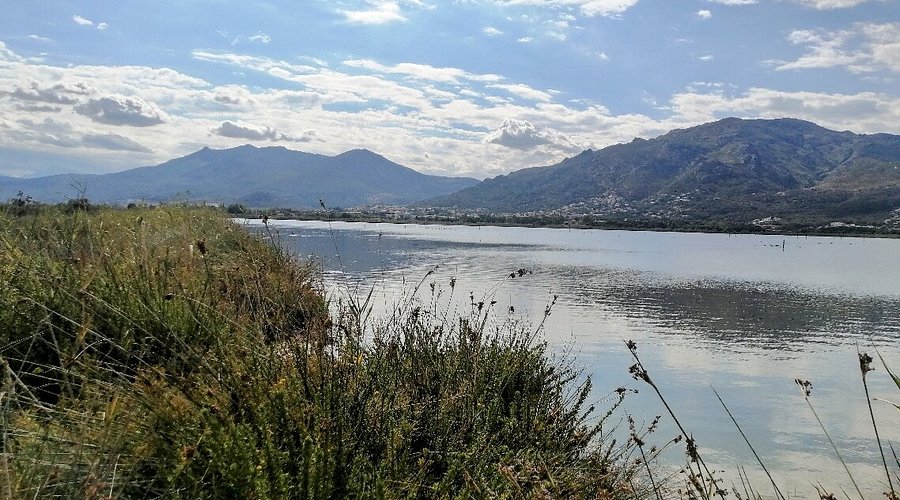 google.com
google.comHÔTEL SAINT JOSEPH
hotel-algajola.comHOTEL NAPOLEON
 hotel-napoleon-ajaccio.fr
hotel-napoleon-ajaccio.frHÔTEL PALAZZU
palazzu.comCASA DEL TORRENTE
casadeltorrente.comHÔTEL RESTAURANT L 'ALIVU
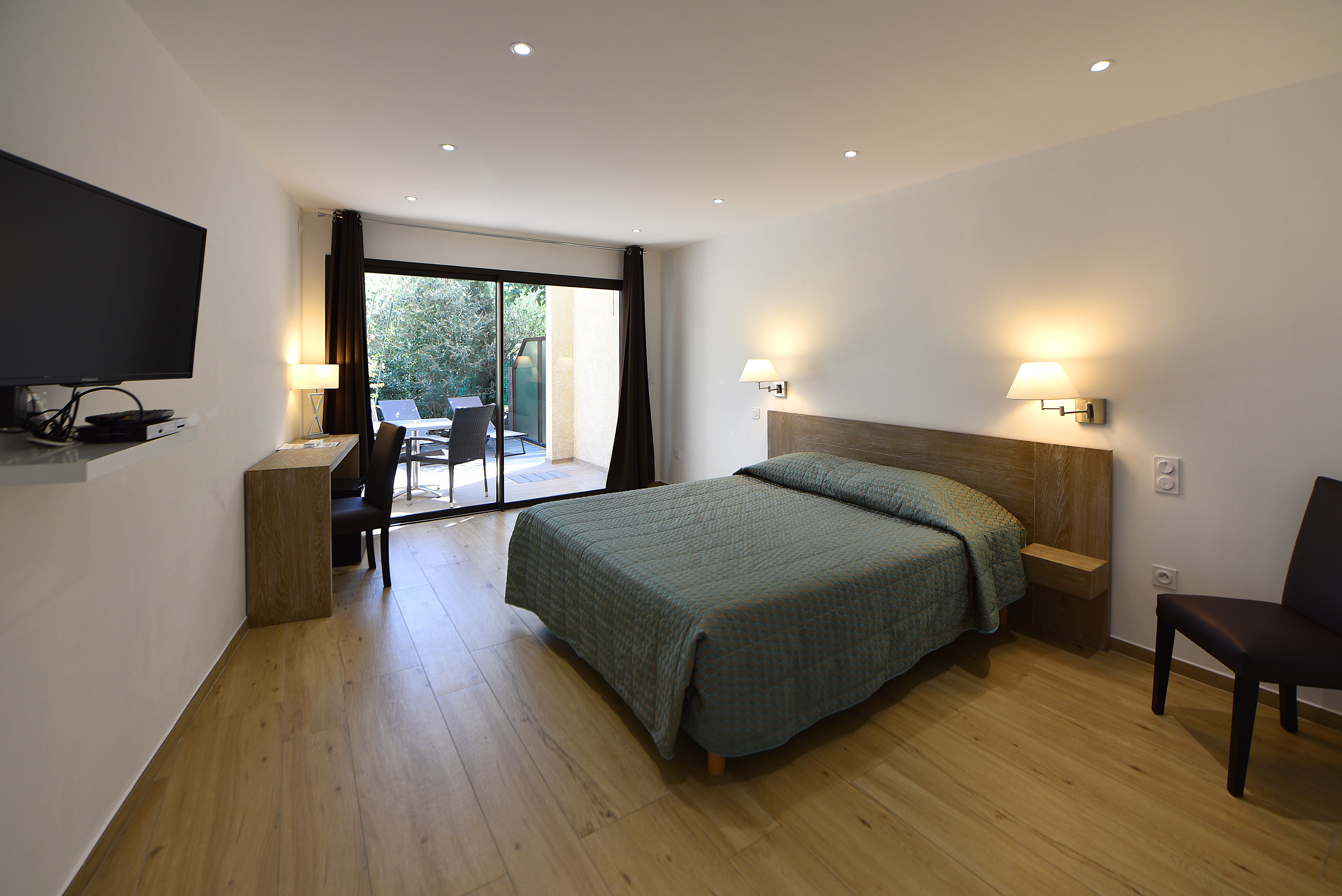 hotel-lalivu.com
hotel-lalivu.comHOTEL KILINA
kilina.netHÔTEL LA PIETRA
hotel-lapietra.comHÔTEL U PARADISU
uparadisu.comRÉSIDENCE ALBA ROSSA
residencealbarossa.comHOTEL RESIDENCE DE LA LAGUNE
hotel-la-lagune.comHÔTEL RUESCO
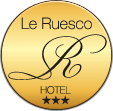 hotel-ruesco.com
hotel-ruesco.comHÔTEL MARINA DI LAVA
marinadilava.comRÉSIDENCE FIOR DI RENA
 fiordirena.com
fiordirena.comHÔTEL U FRASCONE
ufrascone.comRÉSIDENCE DOMAINE DE LA TESTA
domainedelatesta.comHOTEL LES VOYAGEURS
hotel-lesvoyageurs.comHOTEL MERCURE AJACCIO CENTRE
HOTEL SPUNTA DI MARE
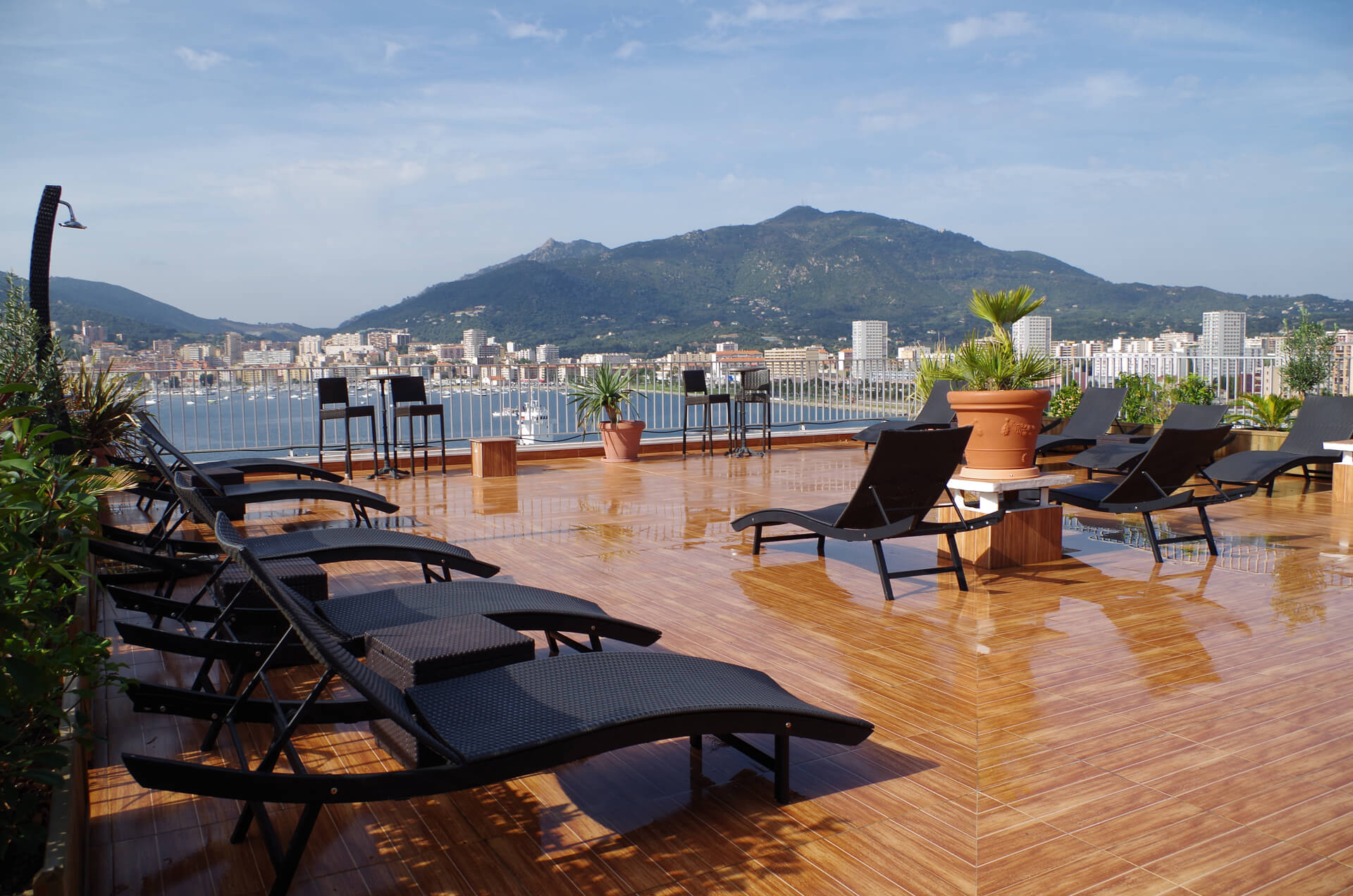 hotel-spuntadimare.com
hotel-spuntadimare.comHÔTEL CASTELL VERDE
 sud-corse.com
sud-corse.comHÔTEL GENOVESE
hotel-genovese.comSan Ciprianu
The Torra di San Ciprianu is a historic Genoese coastal defense tower located in the commune of Lecci, in southern Corsica. Constructed between 1589 and 1591, it was part of a series of towers built by the Republic of Genoa to protect the island from Barbary pirate attacks. Unlike most Genoese towers, which are circular, the San Ciprianu tower is square in design, making it unique among its counterparts. The tower stands at an elevation of 57 meters and once guarded the entrance to the port of Porto-Vecchio Today, the Torra di San Ciprianu lies in ruins but remains a protected monument, having been listed as a historical monument by the French Ministry of Culture in 1995 . It is situated near the beautiful Bay of San Ciprianu, known for its white sandy beach and turquoise waters, making it a picturesque spot for visitors interested in history and natural beauty . The tower is located approximately 7 km from Lecci, accessible via the D468 road. While the site is privately owned, it can be viewed from the surrounding area, offering a glimpse into Corsica's rich historical heritage.
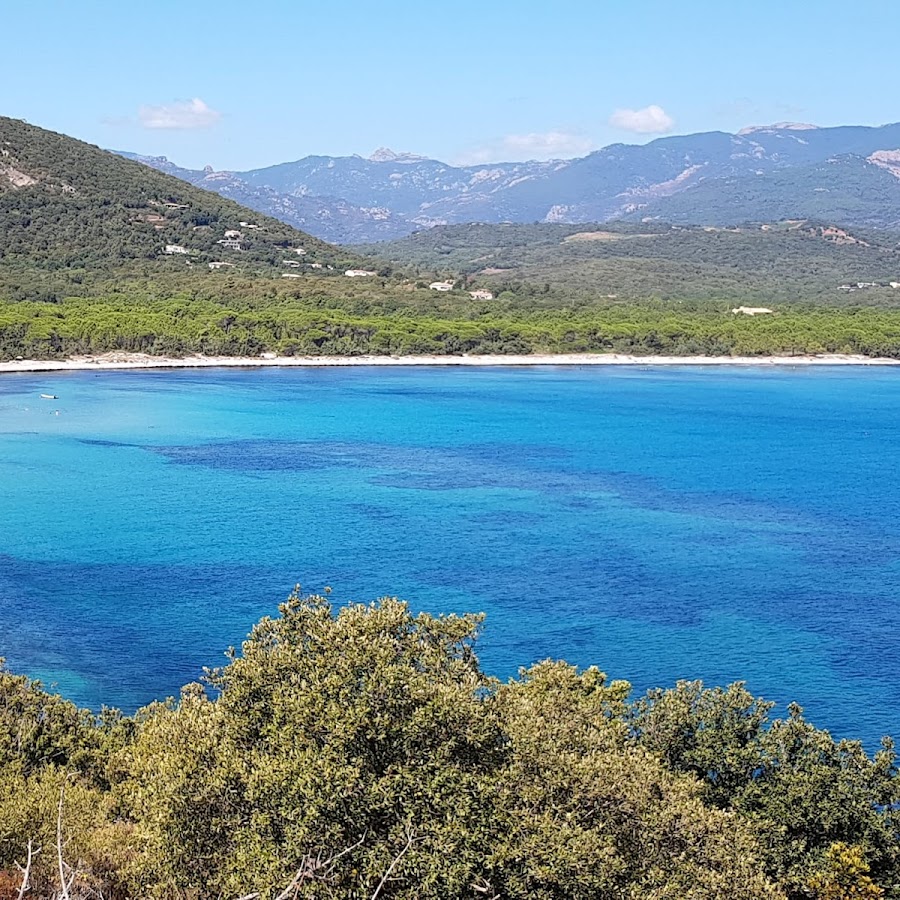 google.com
google.comAUBERGE FERAYOLA
ferayola.comRÉSIDENCE BELVÉDÈRE DE PALOMBAGGIA
palombaggia.comArchipel des Sanguinaires
The Archipel des Sanguinaires is a stunning group of islands located at the northwest entrance of the Gulf of Ajaccio in Corsica. It consists of four islands: Mezu Mare (also known as Grande Sanguinaire), Isolotto, Cala d’Alga, and Porri. The name "Sanguinaires" likely refers to the deep red hues the rocks take on at sunset or the blood-red flowers that bloom in autumn. Highlights: Mezu Mare (Grande Sanguinaire): The largest island, featuring a historic Genoese fort and a 19th-century sailors’ lazaretto. It’s also home to the Phare des Sanguinaires, one of the most powerful lighthouses in the Mediterranean. Isolotto: Known as the island of the cormorants, serving as a sanctuary for seabirds. Cala d’Alga and Porri: Smaller, uninhabited islets that complete the archipelago. Pointe de la Parata: A nearby coastal point on the mainland offering panoramic views of the islands, a Genoese tower, and scenic hiking trails like the Sentier des Douaniers. Access: By boat: Daily boat tours depart from Ajaccio or Porticcio, offering swimming stops and local tastings. By foot: The coastal trail Sentier des Douaniers connects Pointe de la Parata with Capo di Feno, perfect for hikers. Nature and Conservation: The archipelago is a protected Natura 2000 site due to its rich biodiversity. Over 150 plant species grow on Mezu Mare, including rare ones like the flycatcher plant. The islands also serve as breeding grounds for seabirds such as the Mediterranean gull and the storm petrel.
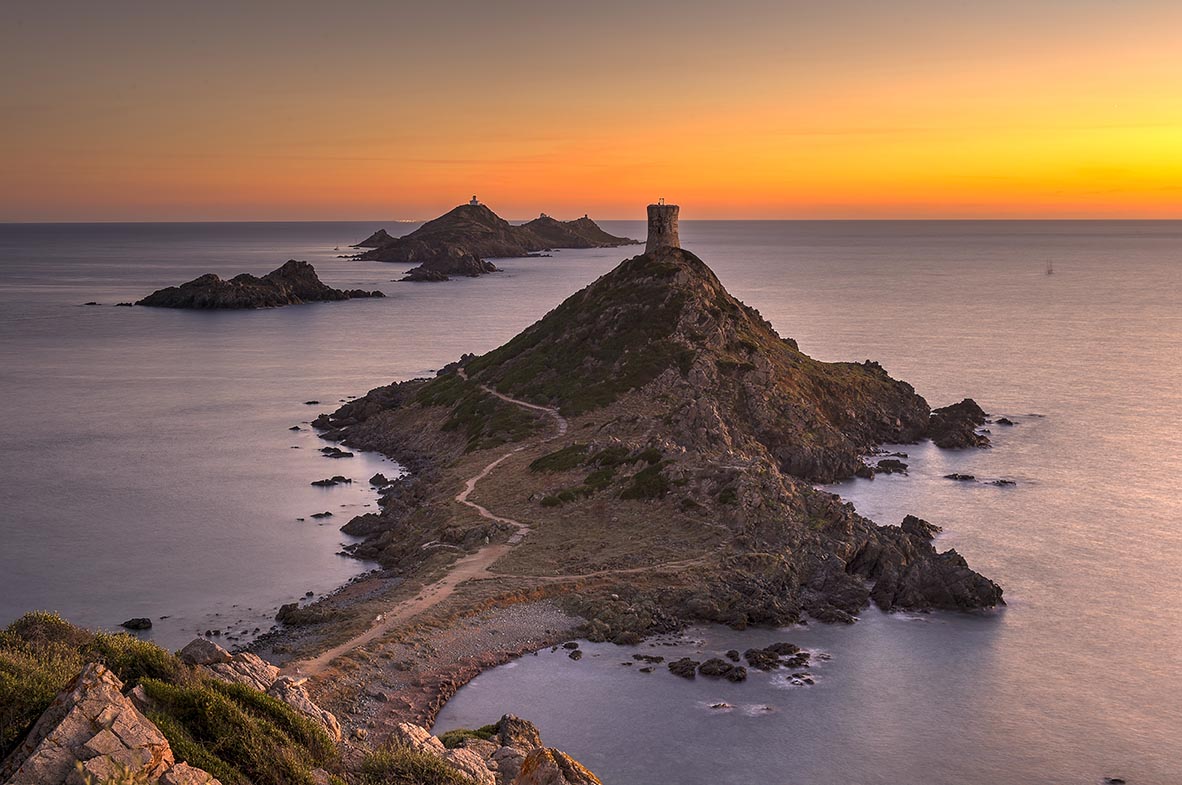 google.com
google.comHÔTEL L'EMPEREUR
hotel-empereur.comHOTEL DUC DE PADOUE
ducdepadoue.comGOLFE HOTEL
golfehotel-corse.comLES JARDINS DE LA MADRAGUE
lesjardinsdelamadrague.euHÔTEL DEMEURE LOREDANA
demeureloredana.comFesch Museum
🏛️ About Palais Fesch – Musée des Beaux‑Arts Founded in 1852 by Cardinal Joseph Fesch, Napoleon I’s uncle, who bequeathed around 843 paintings from his extensive personal collection (over 17,000 works) to Ajaccio. Located at 50‑52 rue Cardinal Fesch, within a 19th-century palace with a chapel built between 1857–59, now housing the tombs of Letizia Bonaparte and the Cardinal himself. 🎨 Collections on Display Italian paintings (14th–18th centuries): One of the largest collections in France after the Louvre, featuring works by Botticelli, Titian, Bellini, Poussin, and others Napoleonic department: Portraits, sculptures and memorabilia of the Bonaparte family—ranging from grand portraits to uniforms, medals, and intimate objets d’art. Corsican paintings: A dedicated gallery since the museum's 2010 renovation, showcasing local and regional artists such as Lucien Peri and Charles‑Léon Cannicioni.
 google.comhttps
google.comhttpsHÔTEL PERLA ROSSA
 hotelperlarossa.com
hotelperlarossa.comRÉSIDENCE LE PADRO
viacalvi.frGRAND HÔTEL MARE E MONTI
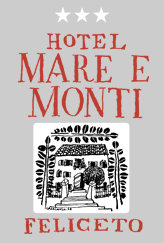 hotel-maremonti.com
hotel-maremonti.comMOTEL LES PINS
 calvi-location.fr
calvi-location.frHOTEL L'ESCALE COTÉ SUD
hotel-cotesud.comPALM BEACH
palm-beach.frRÉSIDENCE LE CLOS DES VENDANGES
 leclosdesvendanges.com
leclosdesvendanges.comHÔTEL CARRÉ NOIR
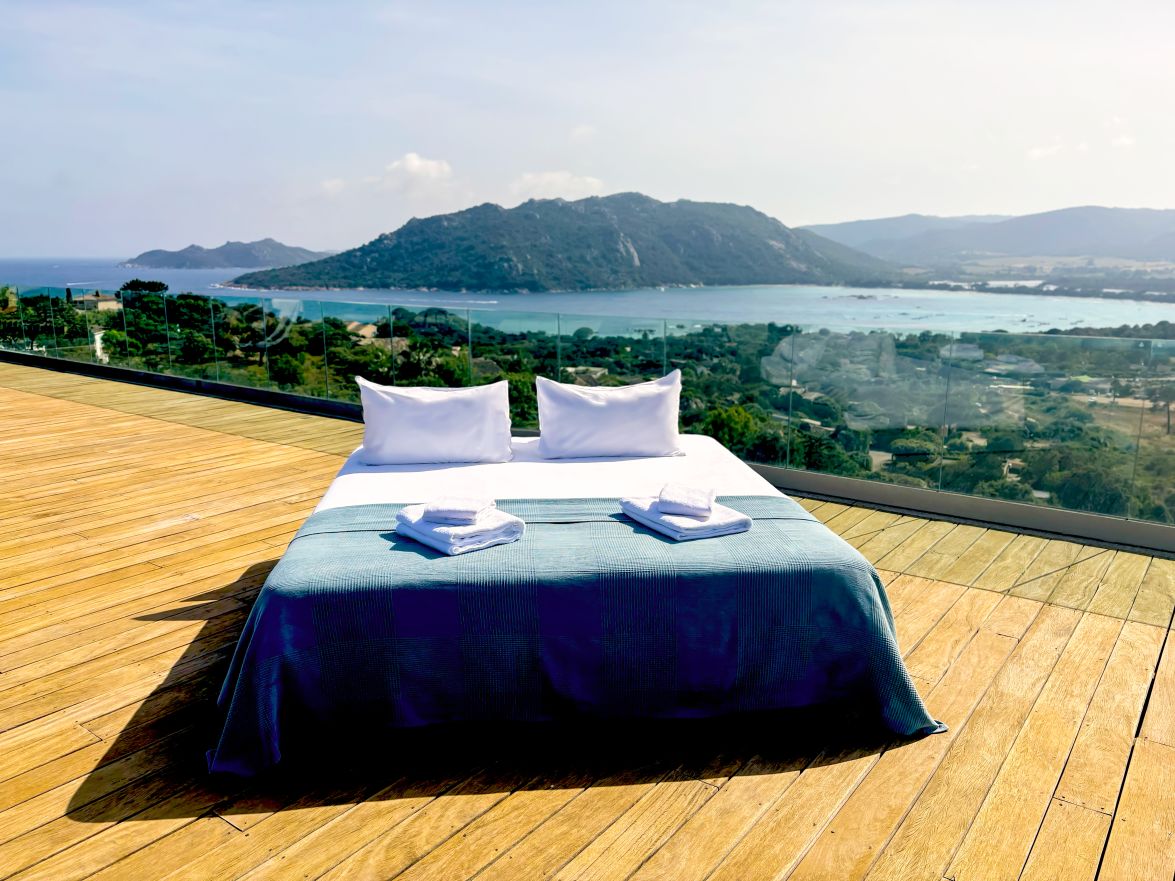 hotelcarrenoir.com
hotelcarrenoir.comHÔTEL LE SAINT-JEAN
 lesaintjean.com
lesaintjean.comLE BON ACCUEIL
bonaccueilporto.comBEST WESTERN PREMIER DOLCE VITA
hotel-dolcevita.comHOTEL LE ROCHER
hotel-le-rocher.comHOTEL LE BELVEDERE
 calvi-location.fr
calvi-location.frHÔTEL DU PONT DE L'OSO
hoteloso.comACQUA LINDA
 odalys-vacances.com
odalys-vacances.comHÔTEL OSTELLA
 hotel-ostella.com
hotel-ostella.comSAN PIERU
sanpieru.comRÉSIDENCE CHIAR DI LUNA
 chiar-diluna.com
chiar-diluna.comHOTEL CASTEL VECCHIO
hotel-castelvecchio.comHÔTEL DE PORTICCIO
hotelporticcio.comRÉSIDENCE LES CALANQUES
residence-lescalanques.frHÔTEL FESCH
hotel-fesch.comVILLAGE DE VACANCES PAESE DI LAVA
 paese-di-lava.com
paese-di-lava.comHÔTEL LE MAQUIS
 lemaquis.com
lemaquis.comHOTEL BRISE DE MER
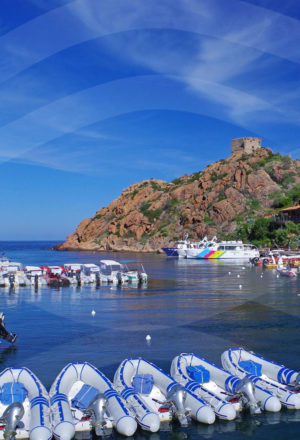 brise-de-mer.com
brise-de-mer.comHÔTEL ALIVI
santa-giulia.frHÔTEL BALANÉA
 hotel-balanea.com
hotel-balanea.comLE GRAND HOTEL
grand-hotel-calvi.comIsole di Lavezzi
The Lavezzi Islands (Îles Lavezzi) are a stunning archipelago located off the southern tip of Corsica, near the town of Bonifacio. Comprising several granite islands and islets, they are renowned for their crystal-clear turquoise waters, dramatic rock formations, and rich biodiversity. 🌿 Nature & Ecology Designated as a nature reserve in 1982 and part of the larger Bouches de Bonifacio Nature Reserve, the Lavezzi Islands are home to a unique ecosystem. The islands support over 1,000 animal species, including endemic birds like the Audouin's gull and the Cory's shearwater. The surrounding waters are rich in marine life, making it a popular spot for snorkeling and diving. 🏝️ Visiting the Islands Access: The islands are accessible only by boat. Regular shuttle services operate from Bonifacio, with departures approximately every 30 minutes during the summer months. The journey takes about 20 minutes. Le Collectionist Magazine Island Lavezzu: The largest and most visited island, Lavezzu offers walking trails, pristine beaches, and the historic Lavezzi Lighthouse, built in 1874. Visitors can explore the island's unique granite formations and enjoy panoramic views of the surrounding sea. Island Cavallo: The only inhabited island in the archipelago, Cavallo is a private estate with limited access. It is known for its luxury accommodations and is often referred to as the "billionaires' island." Corsicamore Regulations: As a protected area, the Lavezzi Islands have strict regulations to preserve their natural beauty. Visitors are required to stay on marked trails, refrain from disturbing wildlife, and avoid anchoring in seagrass beds.
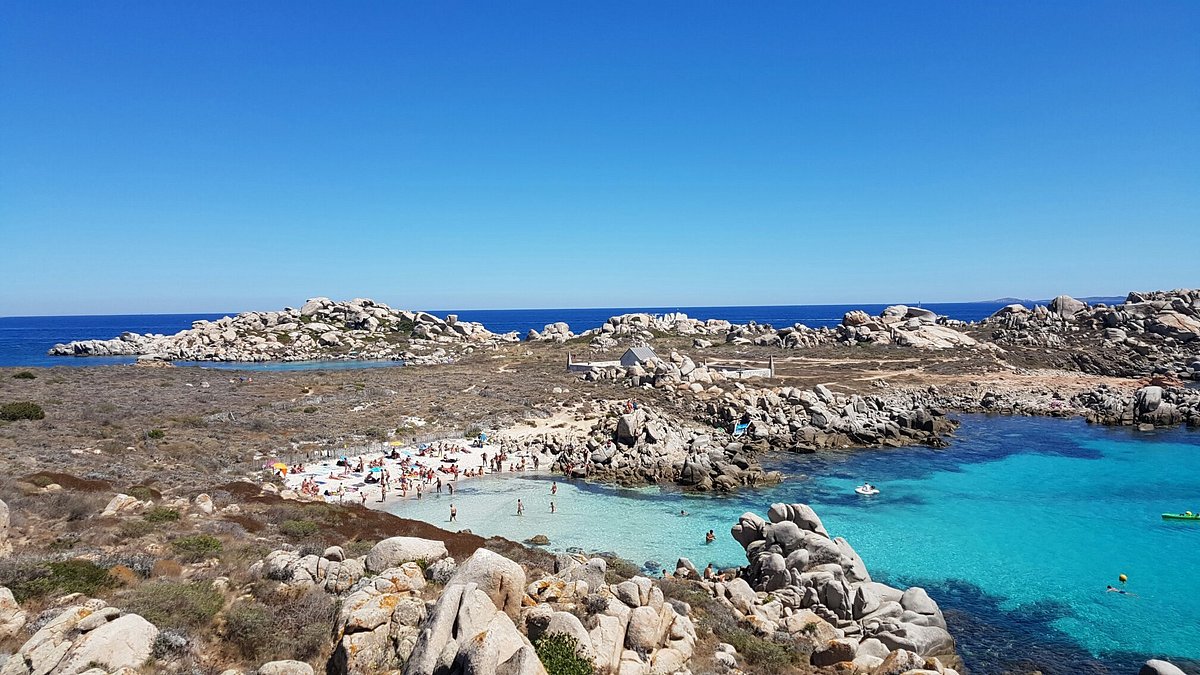 google.com
google.comHOTEL MARE E MONTI
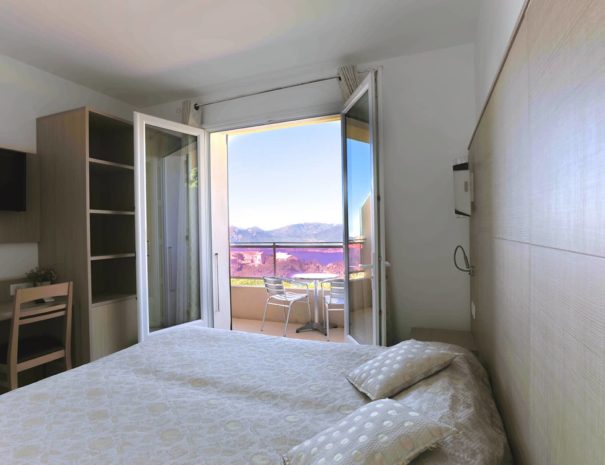 mare-e-monti.com
mare-e-monti.comREGINA HÔTEL
regina-hotel-calvi.comHÔTEL CASE LATINE
 caselatine.com
caselatine.comHOTEL PUNTA E MARE
hotel-puntaemare.comLES JARDINS DE LA GLACIÈRE
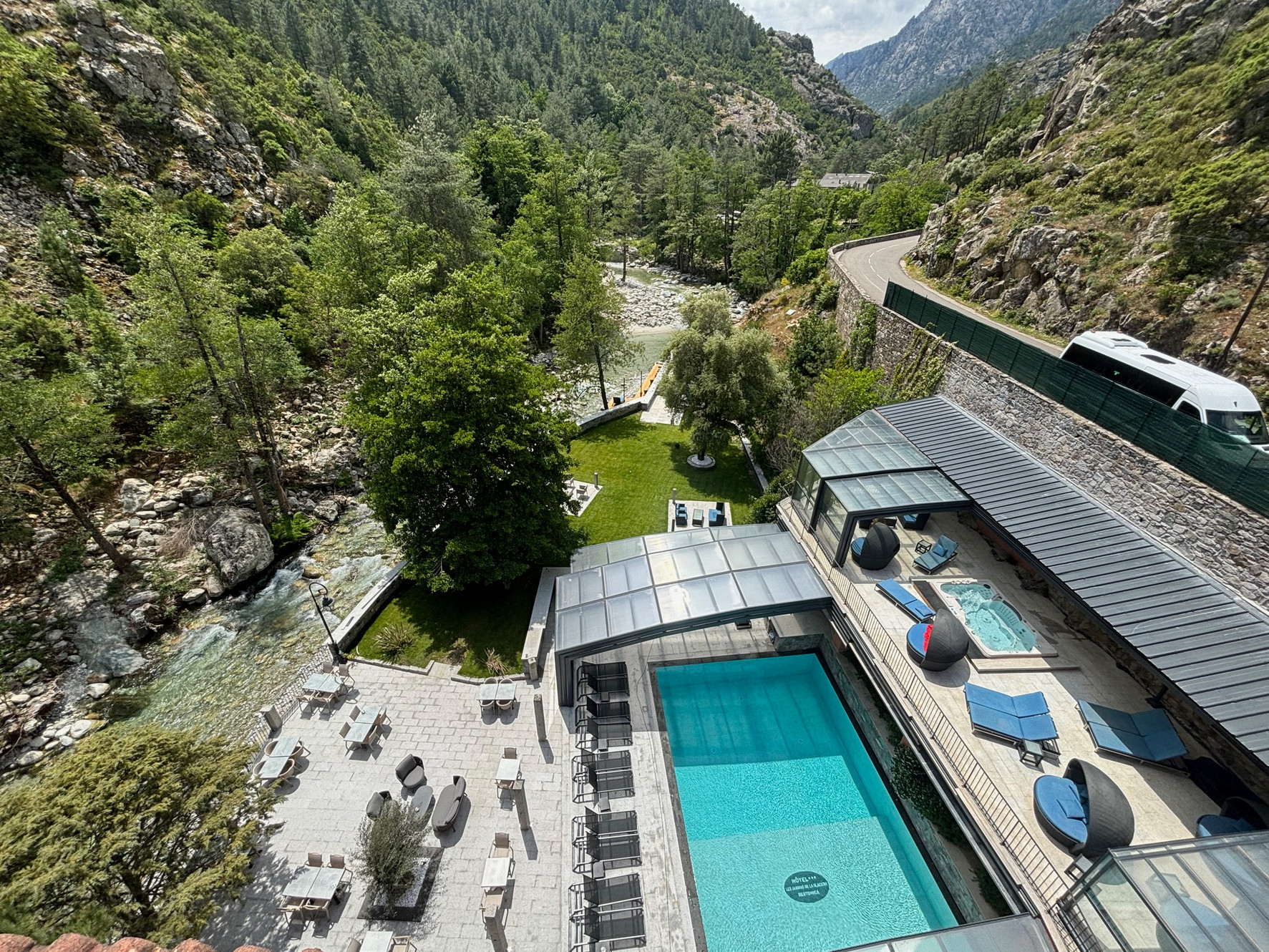 lesjardinsdelaglaciere.com
lesjardinsdelaglaciere.comRÉSIDENCE BLUE MARINE
residencebluemarine.comLA FLORENTINE
 hotellaflorentine.com
hotellaflorentine.comHÔTEL LA PLAGE CASADELMAR
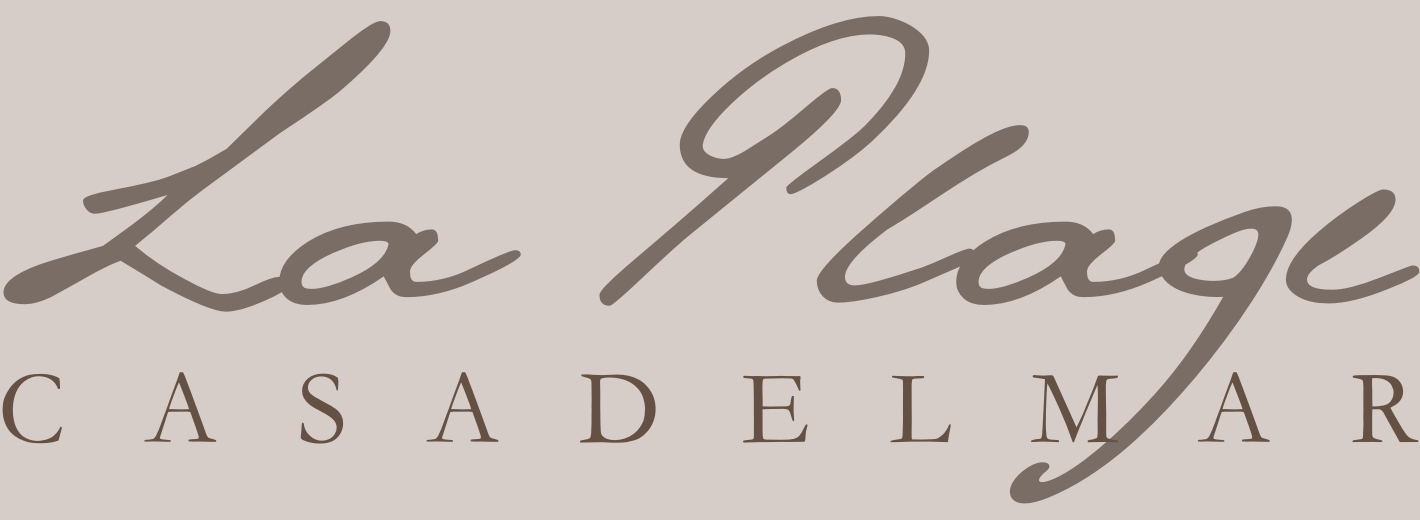 laplagecasadelmar.fr
laplagecasadelmar.frMOTEL TA KLADIA
motel-takladia.comRÉSIDENCE DE TOURISME PAVIDDONU
 paviddonu.com
paviddonu.comHÔTEL CINQUE ARCATE
 cinquearcate.com
cinquearcate.comHOTEL MARENGO
hotel-marengo.comLE CALIFORNIA MOTEL
lecalifornia.comHÔTEL CALA DI L'ORU
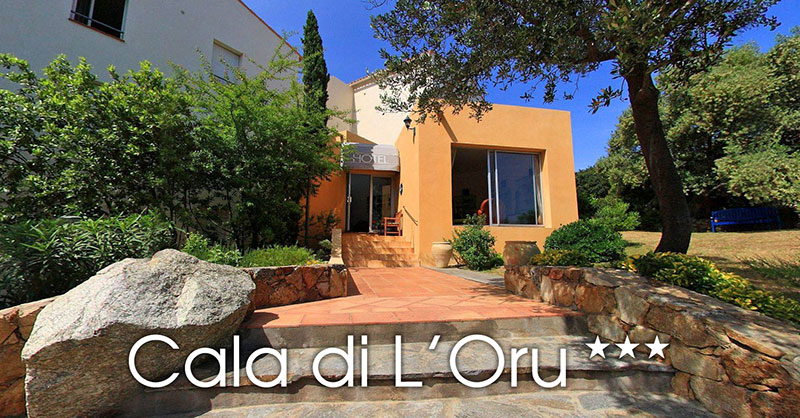 hotel-caladiloru.com
hotel-caladiloru.comHÔTEL L'ESCALE CÔTÉ PORT
hotelilerousse.comHÔTEL LES GALETS
 hotel-lesgalets.com
hotel-lesgalets.comHOTEL RESTAURANT DE LA PLAGE ""LES ARCADES""
hotelalgajola.frLES VILLAS DE BELGODÈRE
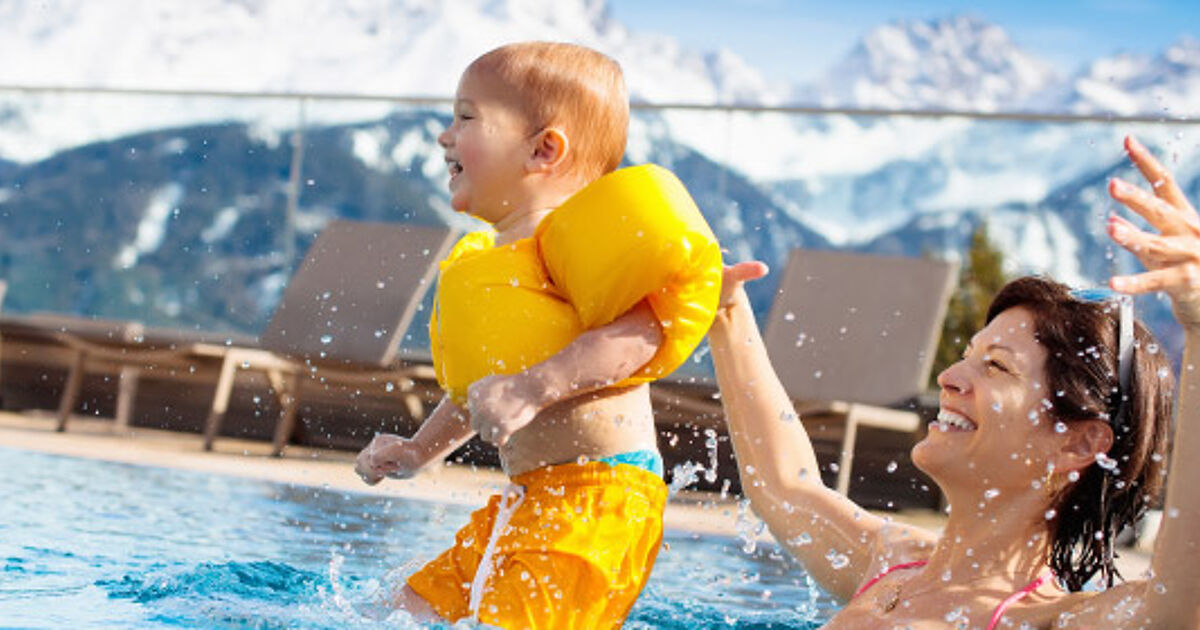 odalys-vacances.com
odalys-vacances.comHÔTEL L'ONDA
hotel-londa.comHÔTEL IBIS BUDGET
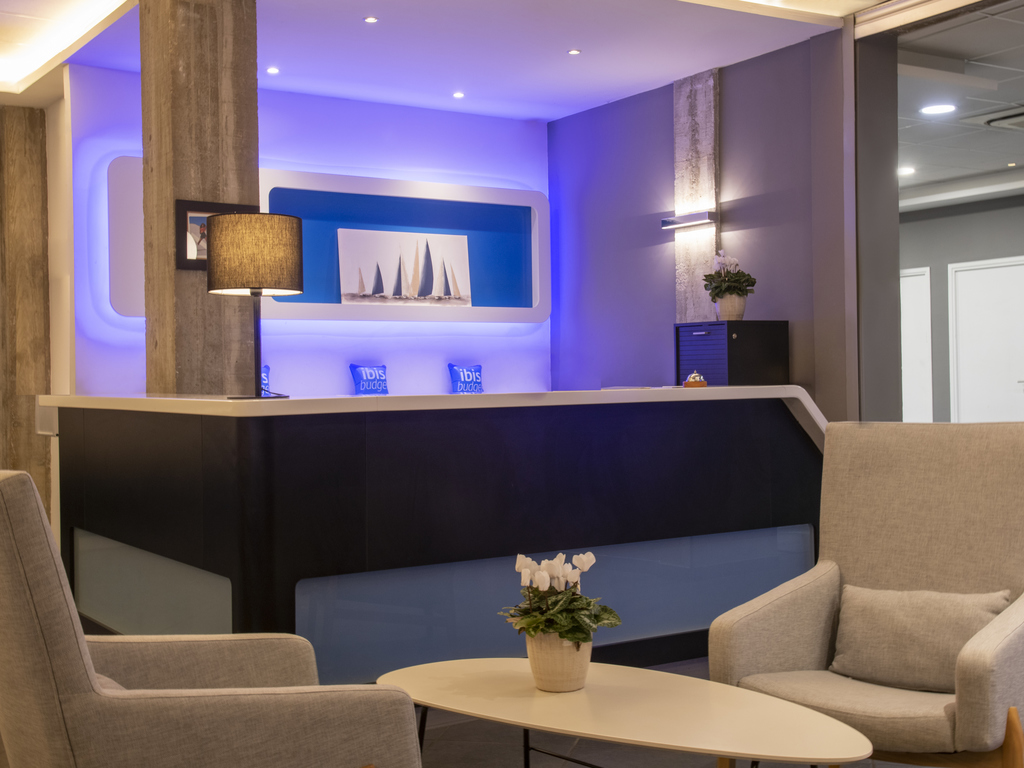 ibis.com
ibis.comHÔTEL LE ROI THÉODORE
roitheodore.comHÔTEL LE FLORIDA
hotel-le-florida.comAUBERGE LES OLIVIERS
 auberge-lesoliviers.com
auberge-lesoliviers.comHOTEL LE SAINT JEAN
lesaintjean.netSAN PELLEGRINO
hotel-sanpellegrino.comHÔTEL CASTEL D'ORCINO
 casteldorcino.com
casteldorcino.comLE DAUPHIN
 ledauphinhotel.com
ledauphinhotel.comHÔTEL EDEN PARK
 hotels-porto.com
hotels-porto.comHÔTEL FUNTANA MARINA
hotel-funtana.comHÔTEL MONDOLONI
hotelmondoloni.comHOTEL SOLEMARE
hotel-solemare.comHÔTEL RESTAURANT DE LA TERRASSE
hotel-delaterrasse-zonza.comRÉSIDENCE U CANTU DI I CARDELLINI
icardellini.comHÔTEL LE SCANDOLA
hotelscandola.comE CASELLE VILLAS HÔTELIÈRES
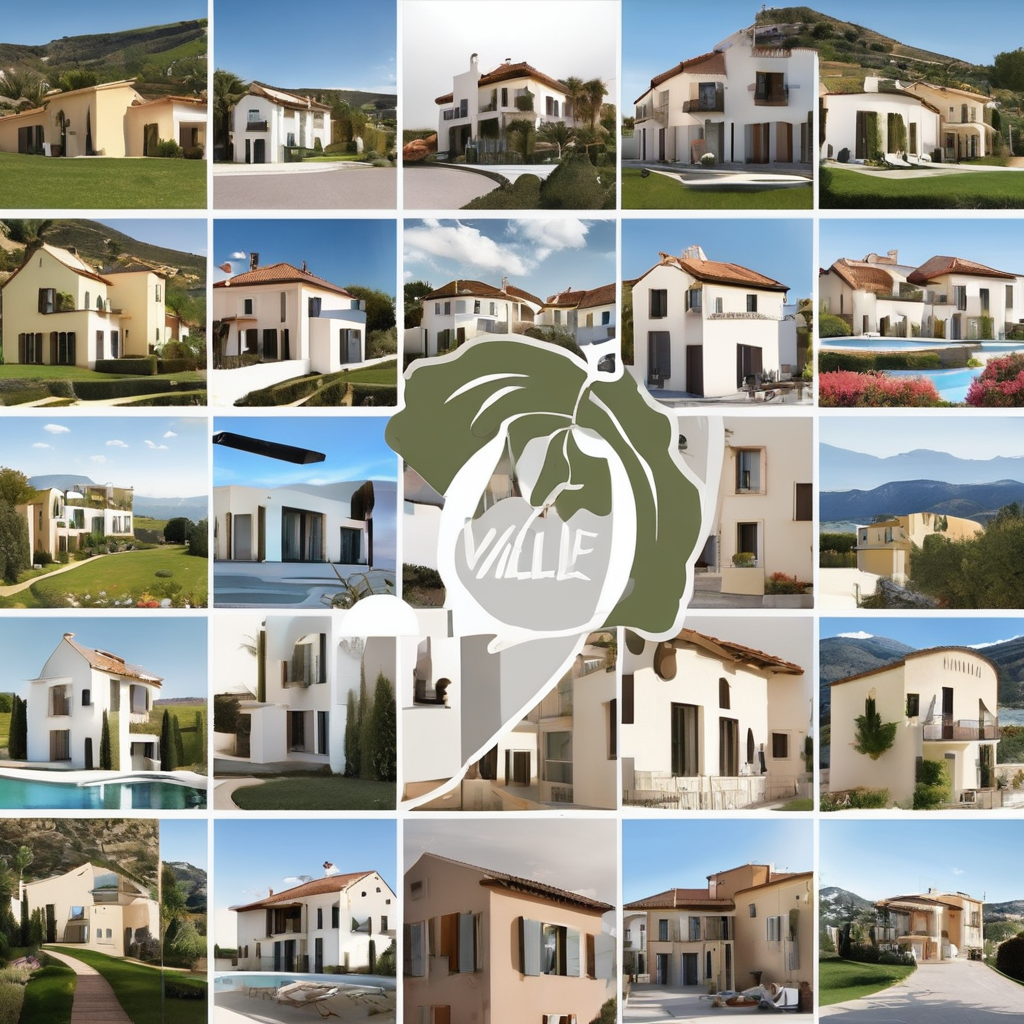 villas-caselle.com
villas-caselle.comHOTEL AÏTONE
 hotel-aitone.com
hotel-aitone.comHÔTEL LE MARIOSA
 hotelmariosa.com
hotelmariosa.comHÔTEL BEAU RIVAGE
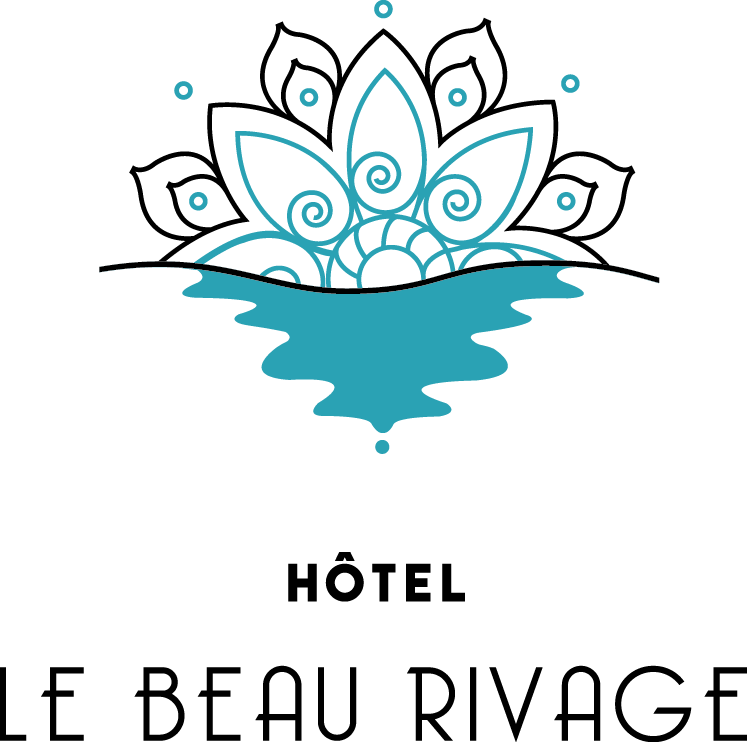 hotel-beau-rivage.com
hotel-beau-rivage.comHÔTEL LA SANTA
hotel-la-santa.comU PATRIARCU
u-patriarcu.comRÉSIDENCE CALA BIANCA
 residences-cala-bianca.com
residences-cala-bianca.comHÔTEL PINETO
hotelpineto.comHÔTEL MARINA CORSICA
hotelmarinacorsica.comHOTEL ALIVI
DOMAINE SAINT PIERRE
domainesaintpierrecargese.comHOTEL A MADONETTA
amadonetta.comCASADELMAR
 casadelmar.fr
casadelmar.frHOTEL STELLA MARE
stellamarehotel.comMARINA D'ORU
marinadoru.comHÔTEL LES ROCHES ROUGES
lesrochesrouges.comHÔTEL THALASSA HELIOS
hotelthalassa.frVALINCO VILLAGE
valincovillage.comHÔTEL LE TILBURY
hotel-letilbury.frHÔTEL RESTAURANT COLOMBA
hotel-bonifacio.frHÔTEL U RICORDU
hotel-uricordu.comHÔTEL DE LA PAIX
hoteldelapaix-corte.frRÉSIDENCE HELIOS
locations.corse.cargese.comHÔTEL DU GOLFE
 corsica-hotel-legolfe.com
corsica-hotel-legolfe.comLODGE DE CHARME A CHEDA
acheda-hotel.comMOTEL LE VIEUX MOULIN
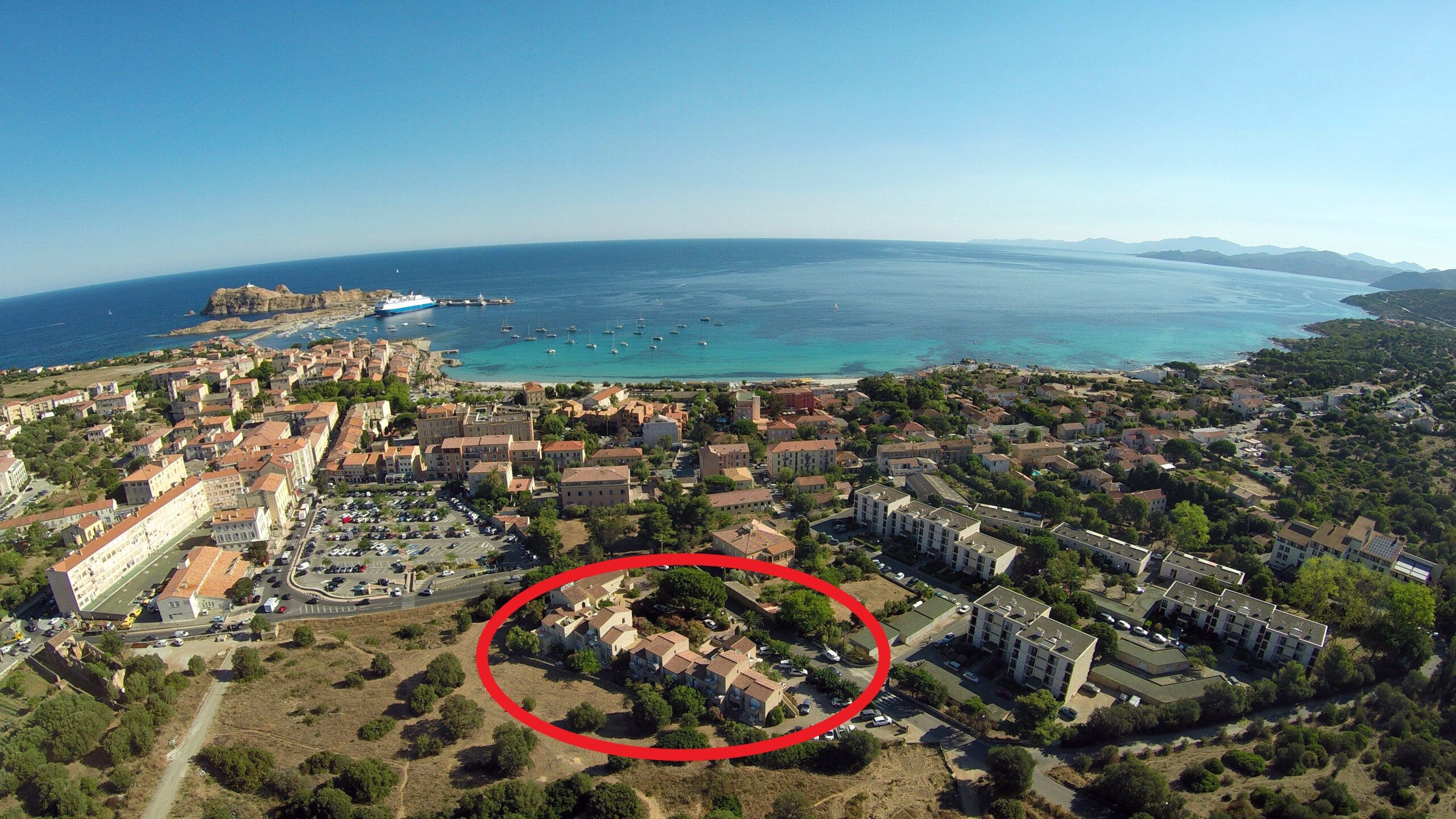 vieux-moulin.com
vieux-moulin.comHÔTEL REVELLATA
hotelrevellata.comHÔTEL SUN BEACH
hotelsunbeach.comMuseo archeologico di Aleria
The Musée Jérôme-Carcopino is a hidden gem of Corsica, ideal for history enthusiasts. It provides a window into the island’s complex past—from prehistoric roots to Greek, Etruscan, Carthaginian, and Roman dominions—all housed in an atmospheric fort. Plan about 1–2 hours for a combined visit to the museum and the neighboring archaeological site. 📚 About the Museum Named after historian Jérôme Carcopino, it was established in 1978 within the Genoese-built Fort de Matra, whose origins date from the 14th–16th centuries. The museum presents fifteen centuries of Corsican history, from the Neolithic era through Greek, Etruscan, Carthaginian, and Roman periods, up to the fall of the Roman Empire in the 5th century CE. 🏛️ What You See in the Images Interior galleries displaying archaeological ceramics, bronze artifacts, and daily-life objects unearthed from the ancient site of Aleria. Zoomorphic rhytons—decorative vessels shaped like animals (dog, mule, horse)—highlights of the collection. Wikipedia Exterior view of the Fort de Matra, which houses the museum and overlooks the surrounding plains and vineyards.
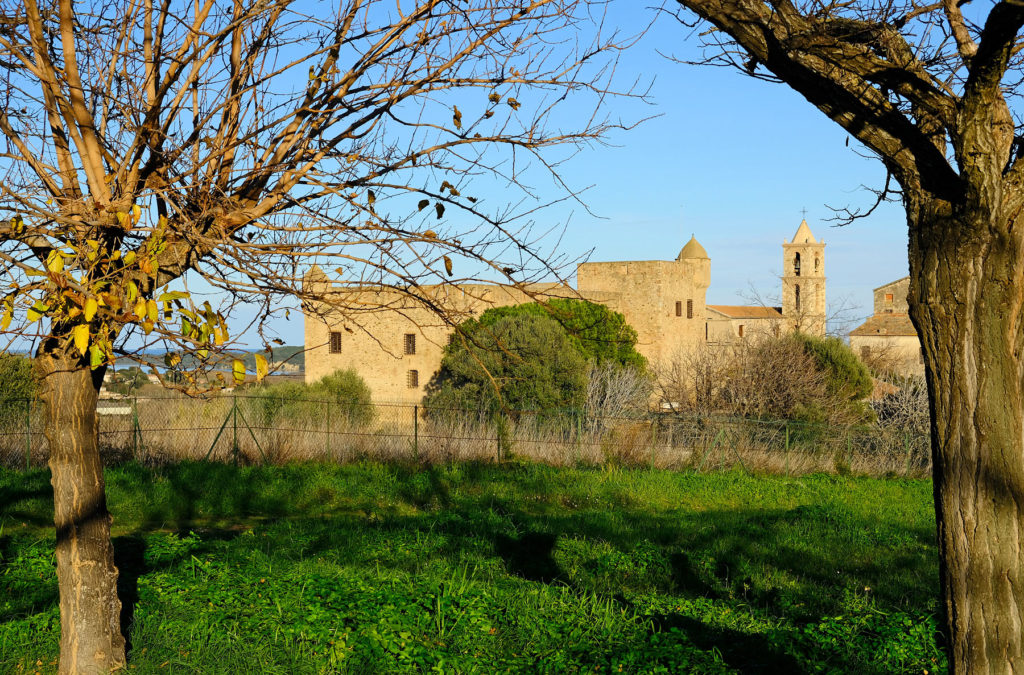 google.com
google.comHÔTEL DES ROCHES
sartenehotel.frHÔTEL CALA DI GRECO
location-bonifacio.comHÔTEL CASA VECCHIA
hotel-casa-vecchia.comSTELLA MARINA
stella-marina.comHÔTEL DEMEURE LES MOUETTES
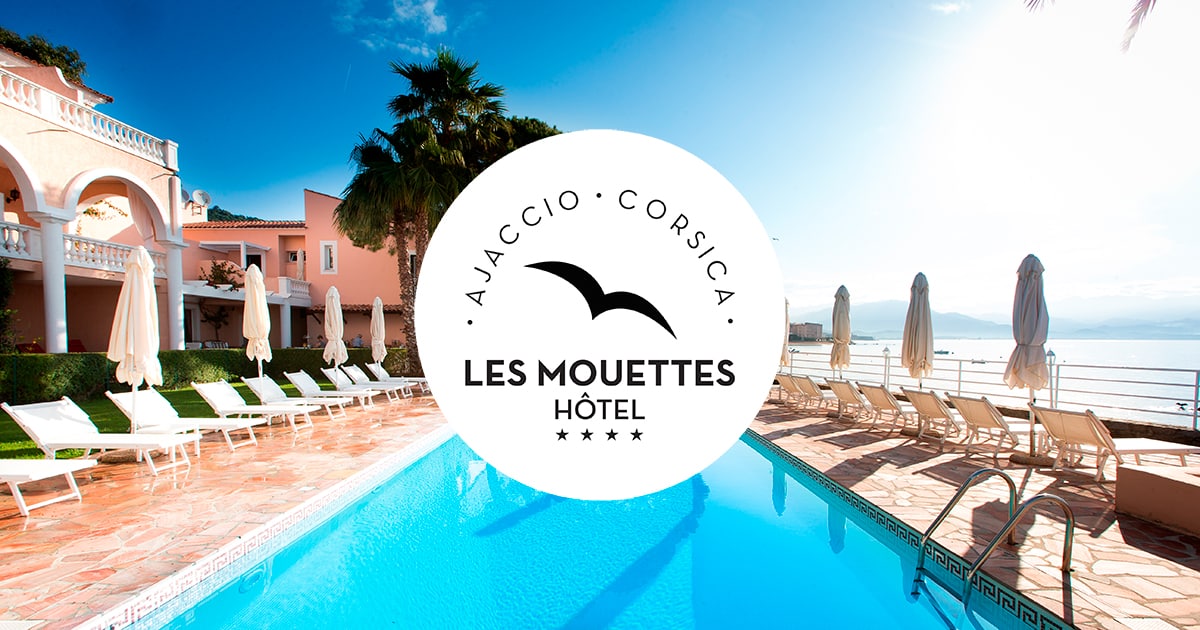 hotellesmouettes.fr
hotellesmouettes.frLES HAUTS DE SANTA GIULIA
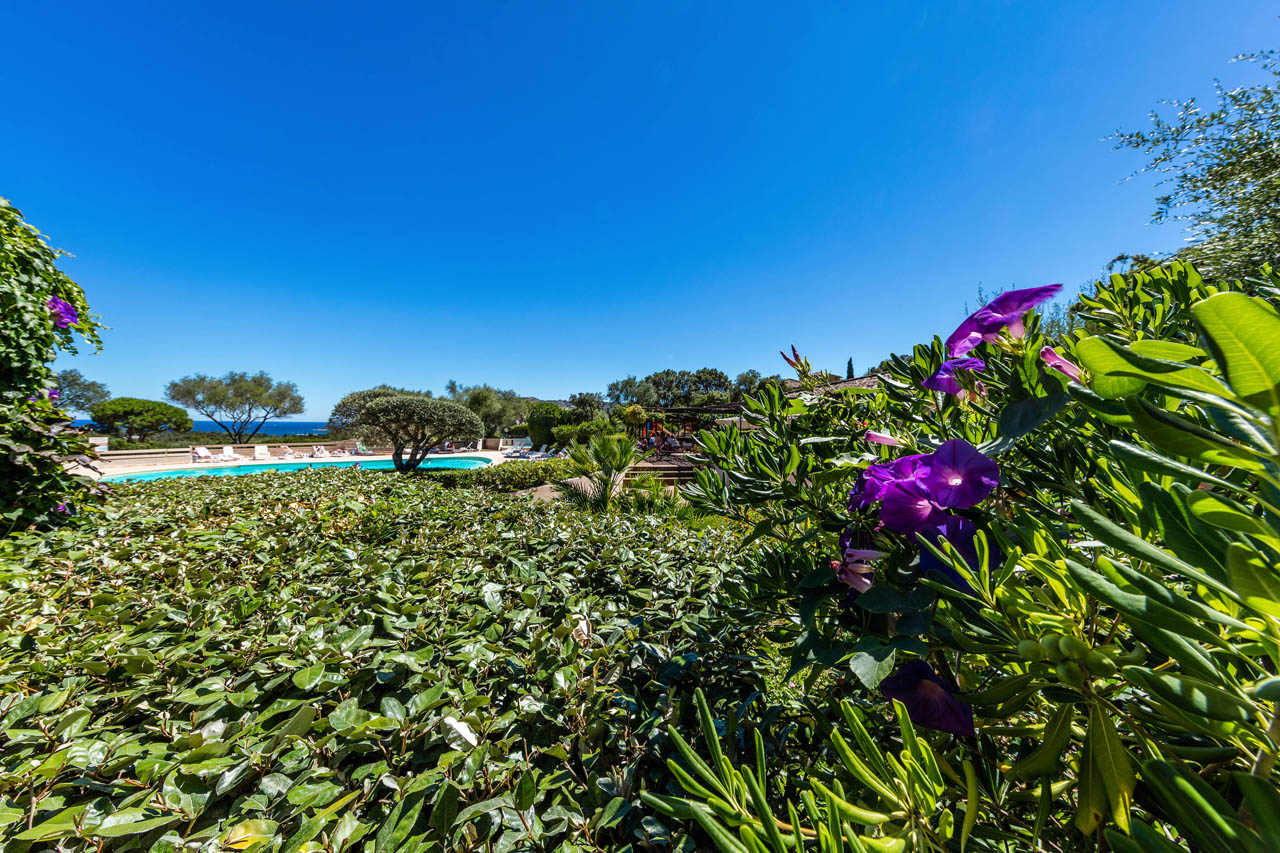 hautsdesantagiulia.com
hautsdesantagiulia.comHOTEL RESTAURANT U LIBECCIU
 u-libecciu.com
u-libecciu.comU CAPU BIANCU
 ucapubiancu.com
ucapubiancu.comHOTEL CALA DI SOLE
 caladisole.fr
caladisole.frHÔTEL CYRNEA
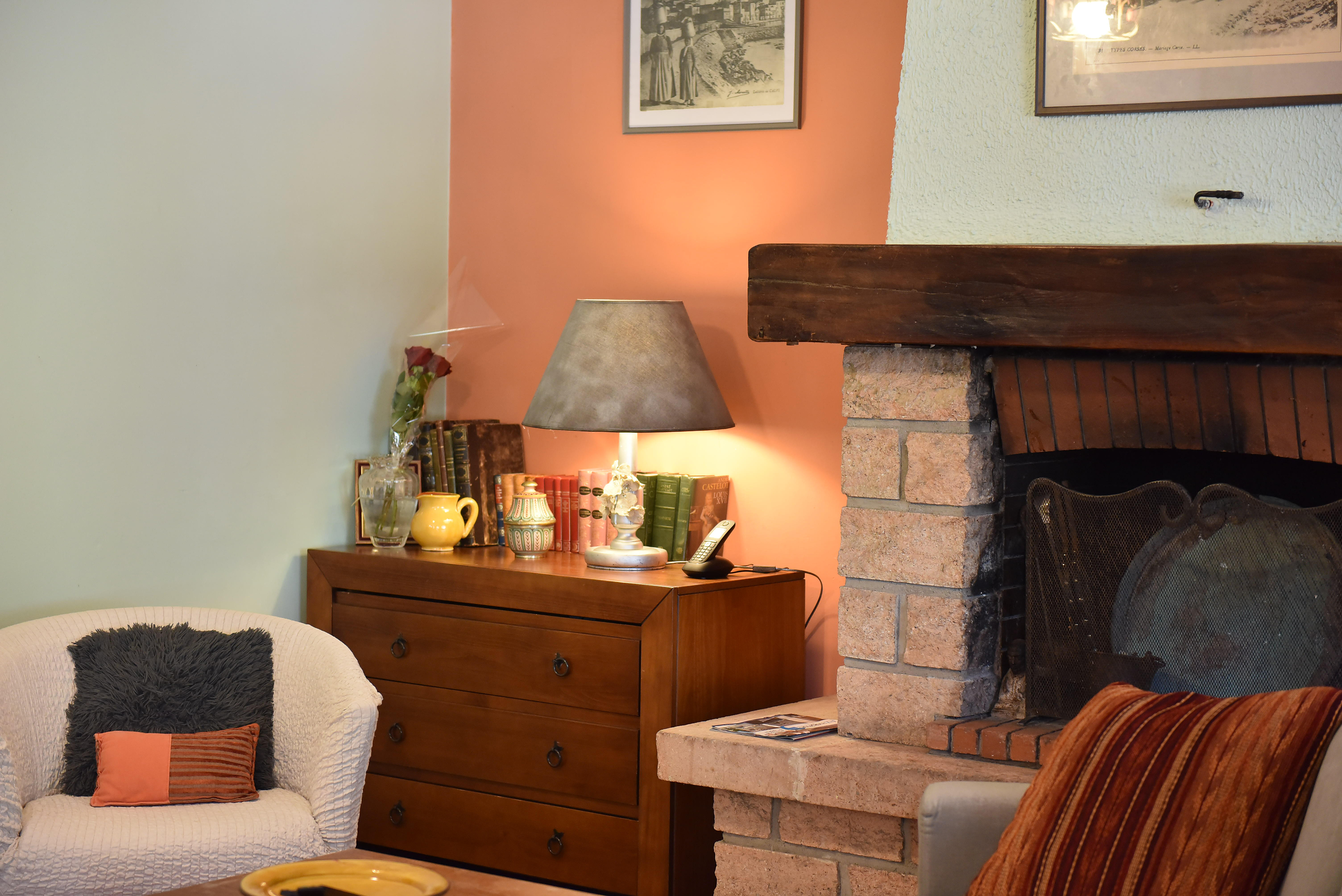 hotel-cyrnea.fr
hotel-cyrnea.frRÉSIDENCE LECCI E MURTA
villagelecciemurta.comLA DIMORA
ladimora.frHOTEL MADAME MERE
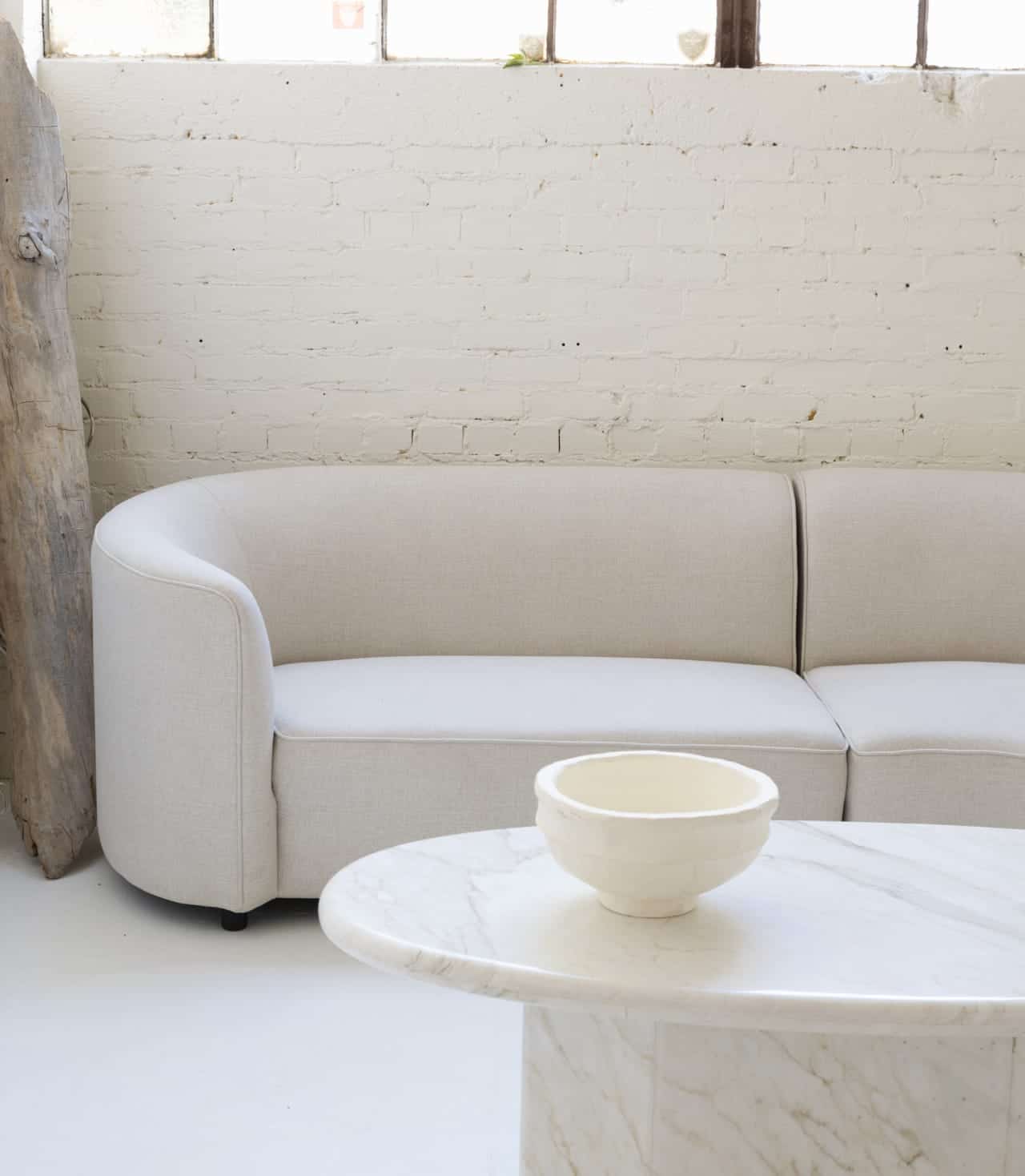 hotel-madame-mere.com
hotel-madame-mere.comHÔTEL IDÉAL
 hotels-porto.com
hotels-porto.comDOMAINE DE RIVA BELLA
rivabella-inf.comHOTEL CAMPO DELL'ORO
 hotel-campodelloro.com
hotel-campodelloro.comUPALAZZU SERENU
upalazzuserenu.comLE REFUGE OREZZA
hotel-restaurant-corse.frHÔTEL DEMEURE CASTEL BRANDO
castelbrando.comCORS'HÔTEL
 cors-hotel.com
cors-hotel.comRÉSIDENCE LES VOILES BLANCHES
 odalys-vacances.com
odalys-vacances.comHOTEL LA PINEDE
la-pinede.comPlateau de Cauria
The Plateau de Cauria is a compact but powerful journey into Corsica’s prehistoric past—where carved menhirs stand guard in open fields, a sacred dolmen crowns a hill, and subtle alignments hint at shifting belief systems over millennia. A fascinating fusion of history, landscape, and mystery—perfect for a reflective walk in southern Corsica’s quieter corners. 📍 Visual Highlights I Stantari alignment: The best-known grouping of standing stones—eleven monoliths arranged in two parallel rows, five of which are carved as anthropomorphic statues showcasing faces, swords, belts, and limbs. Renaghju alignment: A more scattered meadow of roughly 50–180 menhirs—some upright, others lying down—set amid a grove of kermès oaks. These stones are generally smaller and less sculpted than those at I Stantari. Dolmen de Fontanaccia: A strikingly well-preserved corridor tomb atop a natural knoll, consisting of six upright slabs supporting a massive horizontal capstone weighing over 15 tonnes. It is referred to locally as “Stazzona di u Diavulu” (Devil’s forge). Location & layout: The plateau is located about 10–14 km south of Sartène. There’s a small car park and a roughly 1 km walking loop connecting the three main sites: I Stantari → Renaghju → Fontanaccia. Total hiking time: ~1–2 hours.
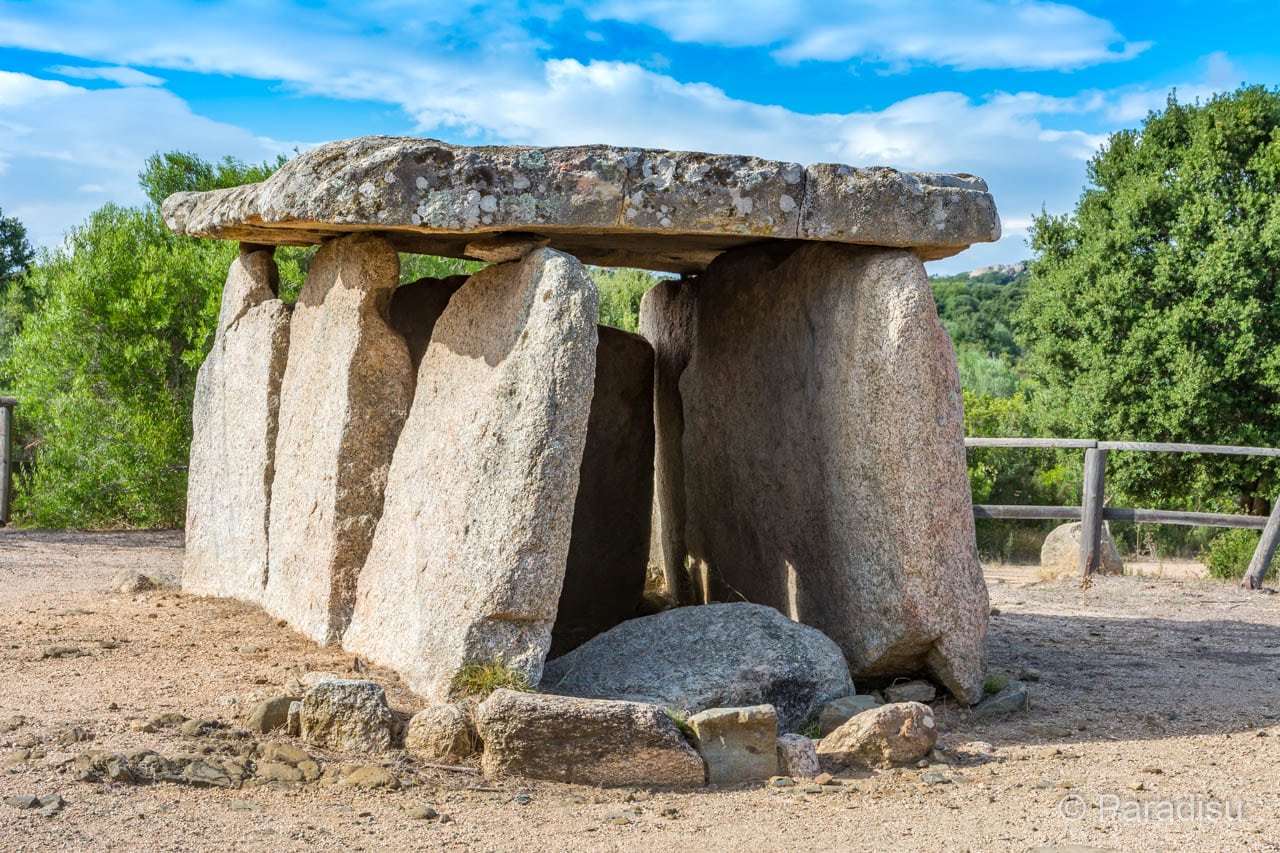 google.com
google.comCastellu di Cuccuruzzu
The Castellu di Cucuruzzu is an iconic casteddu (fortified village) attributed to the Torrean culture of Bronze Age Corsica (~1800–400 BC) Nestled at about 700 m elevation on a rugged granite outcrop dominating the northern slope of the Levie plateau, the settlement incorporates natural boulders into its defenses. The primary feature is the Torra, a circular tower approximately 8 m in diameter and 4–5 m tall. Its upper floor and vaulted interior remain an exceptional architectural relic in Corsica. At the entrance, massive granite blocks form a chicane leading into the complex, including internal chambers (diverticules labeled C1–C3) likely used for storage and food reserves. Excavations conducted from the 1960s into the 1990s uncovered ceramics, stone tools, bronze fragments, and evidence of agricultural and pastoral life in the adjacent village terraces. These artifacts are now in the Museum of Alta Rocca in Levie. The fortified village is recognized as a Monument Historique (designated in 1982) and underwent restoration and visitor infrastructure upgrades in 2016–2017. A 3 km circular trail through Mediterranean forest links Cucuruzzu with the neighboring medieval Castellu di Capula, with a recommended visit time of ~2 hours. Suitable footwear and water are strongly advised.
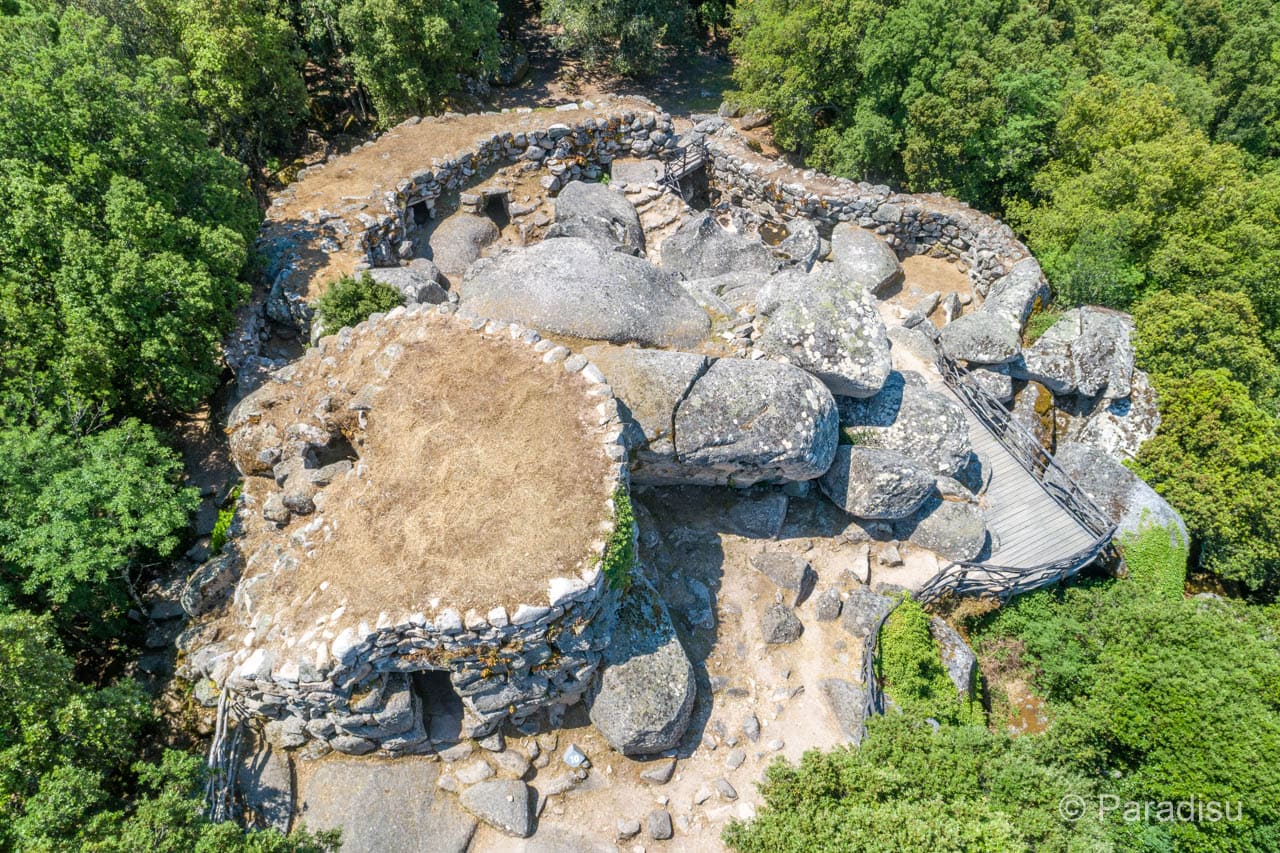 google.com
google.comISOLA HÔTEL
isolahotel.comHÔTEL L'ESCALE PLAGE
lescale.bizRÉSIDENCE TRAMARICCIA
residence-tramariccia.comGorges de la Spelunca
The Gorges de la Spelunca (also known as Gorges de Spelunca) is a stunning natural canyon located in southern Corsica, nestled between the villages of Ota and Évisa. This dramatic gorge stretches approximately 2 kilometers and is carved by the Tavulella River, which converges with the Aïtone and Onca rivers. The result is a breathtaking landscape of towering granite cliffs, lush forests, and crystal-clear waters. 🥾 Hiking Trails One of the most popular ways to explore the Gorges de la Spelunca is by hiking the Tra Mare e Monti trail. This historic mule track begins in Évisa at an altitude of 850 meters and descends through a shaded forest of chestnut and holm oak trees. Along the way, hikers can learn about the local flora and fauna, the construction of muleteer yards, and the building of Genoese bridges through informative signs. The trail culminates at the double bridge, where it connects with the road leading to Ota. This easy walk offers cultural insights and opportunities for a picnic and a refreshing swim in the cool waters of the river. 🌉 Genoese Bridges The gorge is home to two remarkable Genoese bridges: Pont de Zaglia: Built in 1797 by Genoese mason Antonio Bensa, this bridge was constructed to facilitate movement for transhumant herders and residents facing land crises. Its impressive single-arch design is a testament to Genoese engineering. The bridge was classified as a historical monument in 1990. Wikipedia Pont de Pianella: Located downstream where the Tavulella River merges with the Lonca stream, this 18th-century bridge is also classified as a historical monument. 🌿 Flora and Fauna The Gorges de la Spelunca boasts a rich ecosystem: Flora: The area is home to wild pear trees, Laricio pines, holm oaks, and arbutus trees, which provide shelter and sustenance for the local wildlife. Fauna: Visitors may encounter species such as the Corsican nuthatch, green and yellow whip snake, wall lizard, and the Corsican salamander. 📍 Access and Recommendations Location: The Gorges de la Spelunca are situated between the villages of Ota and Évisa in southern Corsica. Best Time to Visit: Spring and early autumn offer pleasant weather for hiking, with cooler temperatures and vibrant foliage. Safety Tips: Always inform someone of your planned route and expected return time. Avoid hiking alone, stay on marked trails, and be cautious of sudden weather changes that can lead to swift water rises.
 google.com
google.comSOLE E MONTI
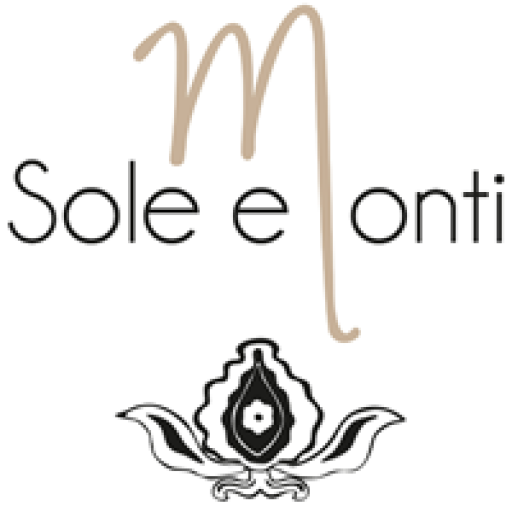 solemonti.com
solemonti.comPlage de Saleccia
Plage de Saleccia is a pristine, white-sand beach located in the Désert des Agriates, a protected area in northern Corsica. Renowned for its turquoise waters and natural beauty, it's often considered one of the island's most beautiful beaches. 🏖️ Beach Highlights Length: Approximately 1.2 kilometers of fine, white sand. Water: Crystal-clear and shallow, ideal for swimming and snorkeling. Setting: Surrounded by a dense maquis (Mediterranean shrubland) and pine trees, providing a natural and serene environment. Facilities: Minimal infrastructure to preserve its wild charm; no restaurants or sunbeds directly on the beach. 🚗 Access Options Due to its remote location, reaching Saleccia requires some planning: By 4x4 or Quad: From the village of Casta, a 12 km unpaved track leads to the beach. It's advisable to use a 4x4 vehicle or quad for this route. The journey takes about 30–45 minutes, and there's a €10 parking fee near the beach. By Boat: Regular shuttle boats operate from the port of Saint-Florent, especially during the summer months. The crossing takes about 25 minutes, with round-trip fares ranging from €25 to €35 for adults, depending on the season . On Foot: For avid hikers, a 15 km coastal trail from Saint-Florent offers stunning views and a rewarding experience. The hike takes approximately 4 hours one way .
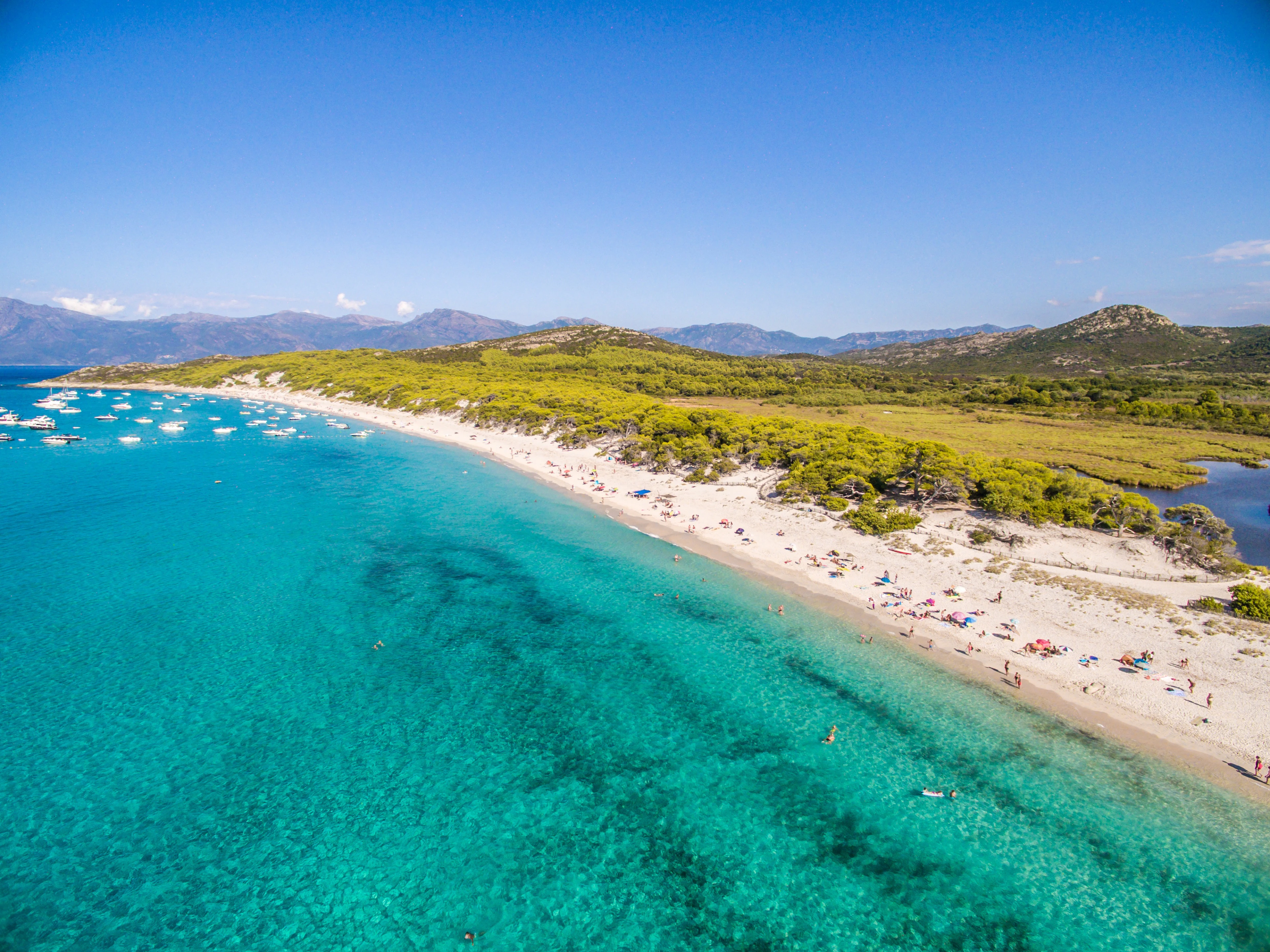 google.com
google.comRÉSIDENCE MARE E SOLE
maresole-corsica.comHÔTEL ISULA ROSSA
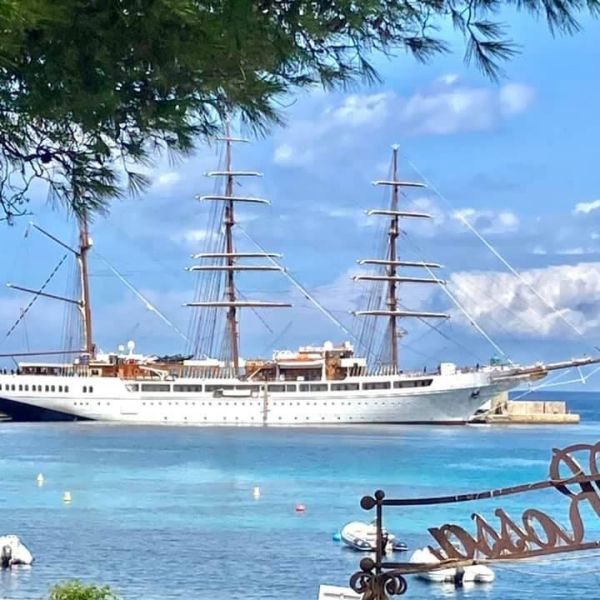 hotel-ile-rousse-isularossa.com
hotel-ile-rousse-isularossa.comHÔTEL DU ROY D'ARAGON
HÔTEL A TRAMA
 a-trama.com
a-trama.comHÔTEL LILIUM MARIS
 lilium-maris.com
lilium-maris.comHÔTEL SPA LA MADRAGUE
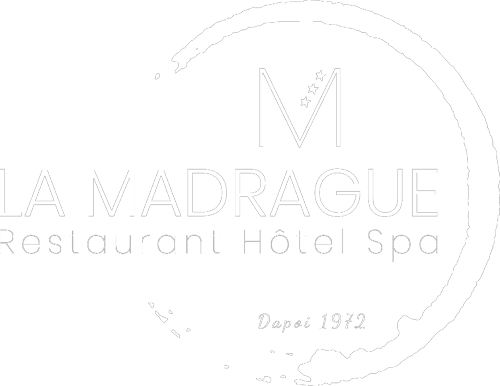 hotel-lamadrague.com
hotel-lamadrague.comHÔTEL PIETRACAP
hotel-pietracap.comADONIS SAINT FLORENT CITADELLE RESORT
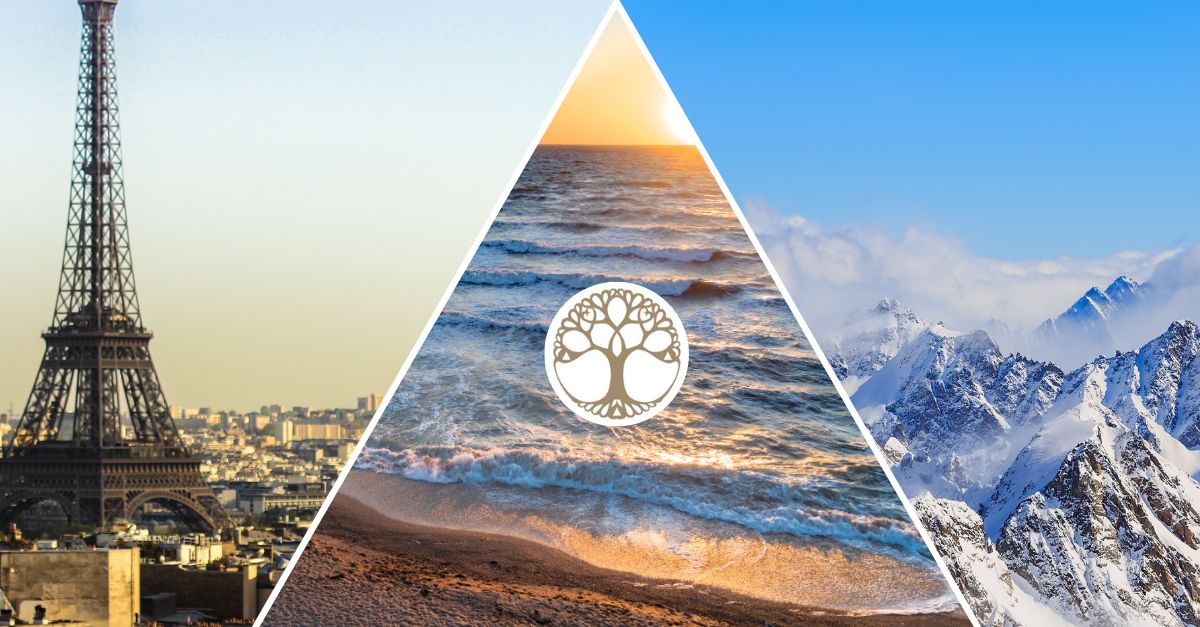 adonis-residence-saintflorent.com
adonis-residence-saintflorent.comHÔTEL MOBY DICK
 sud-corse.com
sud-corse.comHOTEL MARIA STELLA
mariastella.comRESIDENCE ARIA MARINA
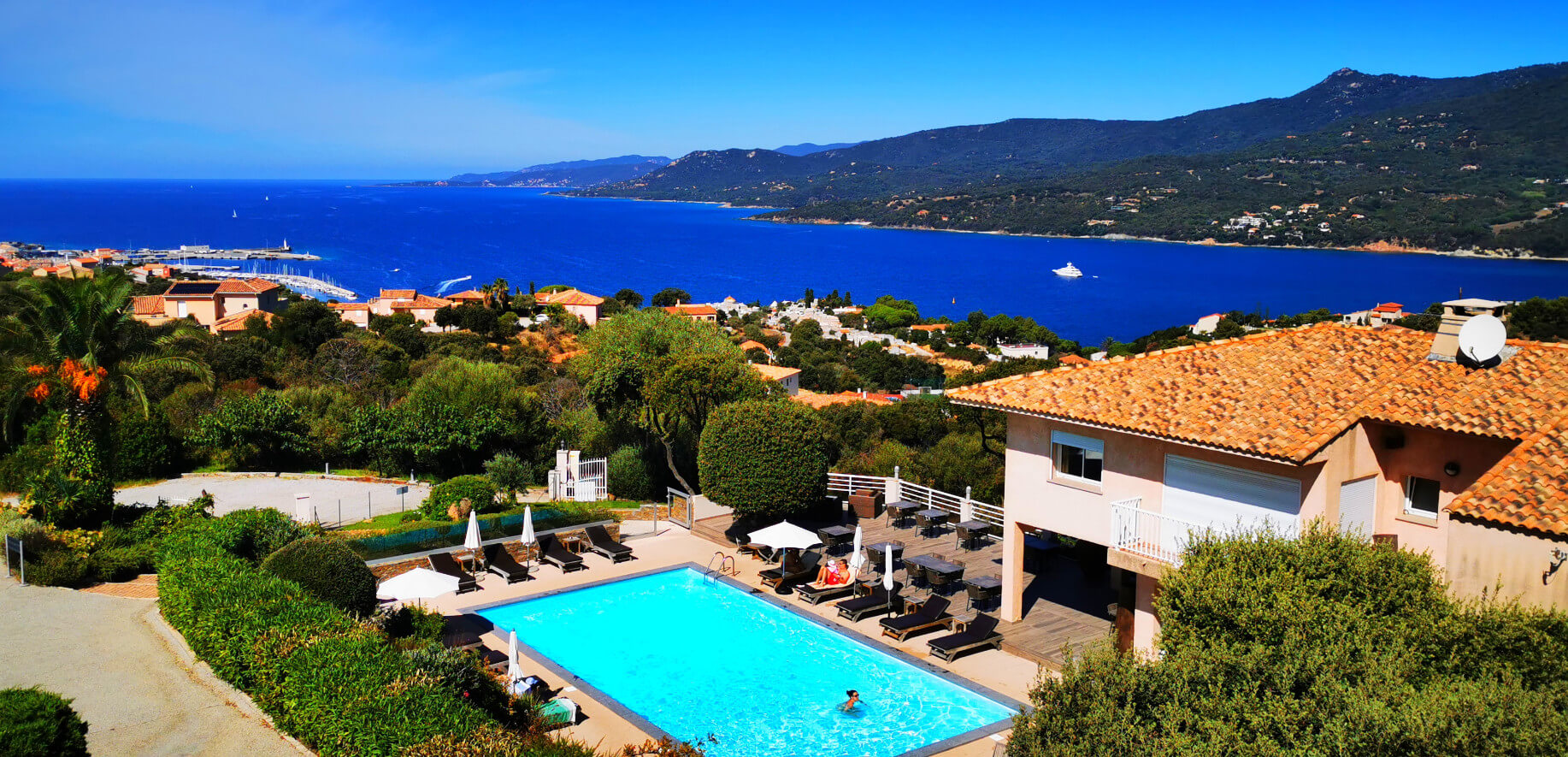 motel-ariamarina.com
motel-ariamarina.comRÉSIDENCE DE TOURISME A-NUCIOLA
 residandco.com
residandco.comMAORA VILLAGE
HÔTEL DE LA PLAGE SANTA VITTORIA
hotelplage-vittoria-corse.comLES VILLAS
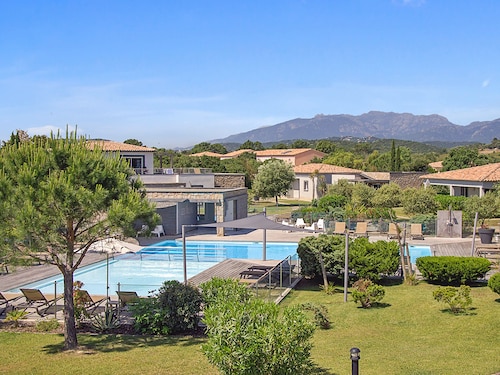 les-villas.com
les-villas.comHÔTEL CAS'ANNA LIDIA
hoteldecharme-corse.comHÔTEL LA ROYA
hotelroya.comHOTEL LE PINARELLO
 lepinarello.com
lepinarello.comHÔTEL DAVIA
davia-hotel.comHÔTEL PALAZZU PIGNA
hotel-corse-palazzu.comRÉSIDENCE MARE E MONTE
mare-monte.comRESIDENCE SANTA GIULIA PALACE
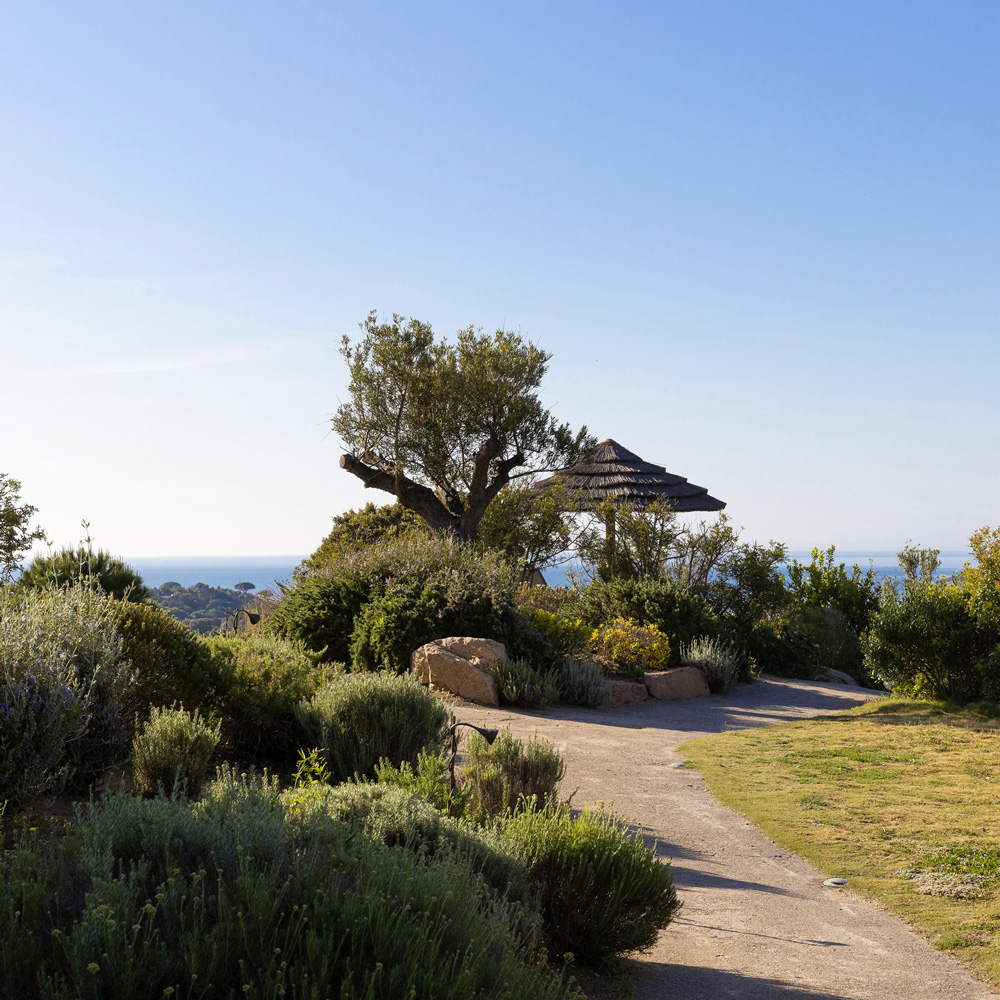 santa-giulia.net
santa-giulia.netHÔTEL SOFITEL GOLFE D'AJACCIO
sofitel.comHÔTEL LES EUCALYPTUS
hoteleucalyptus.comHOTEL PASCAL PAOLI
hotel-pascal-paoli.frHÔTEL BARTACCIA
bartaccia.comRÉSIDENCE SANTA MONICA
 residence-santamonica.com
residence-santamonica.comHOTEL SHEGARA
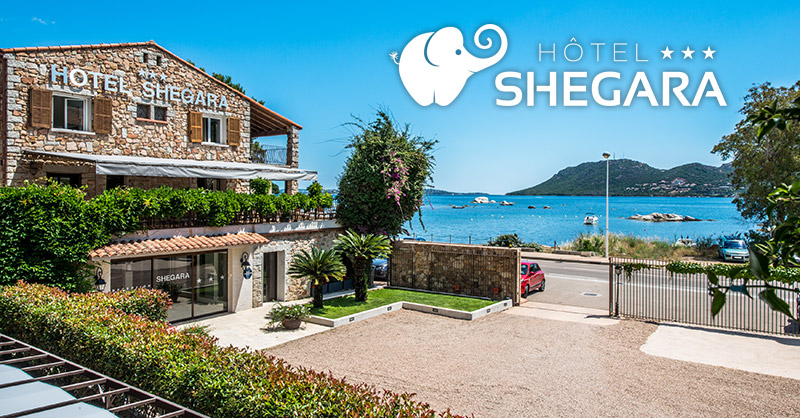 shegara.fr
shegara.frMARINA D'ORO
 hotelmarinadoro.fr
hotelmarinadoro.frHOTEL SAINT CHRISTOPHE
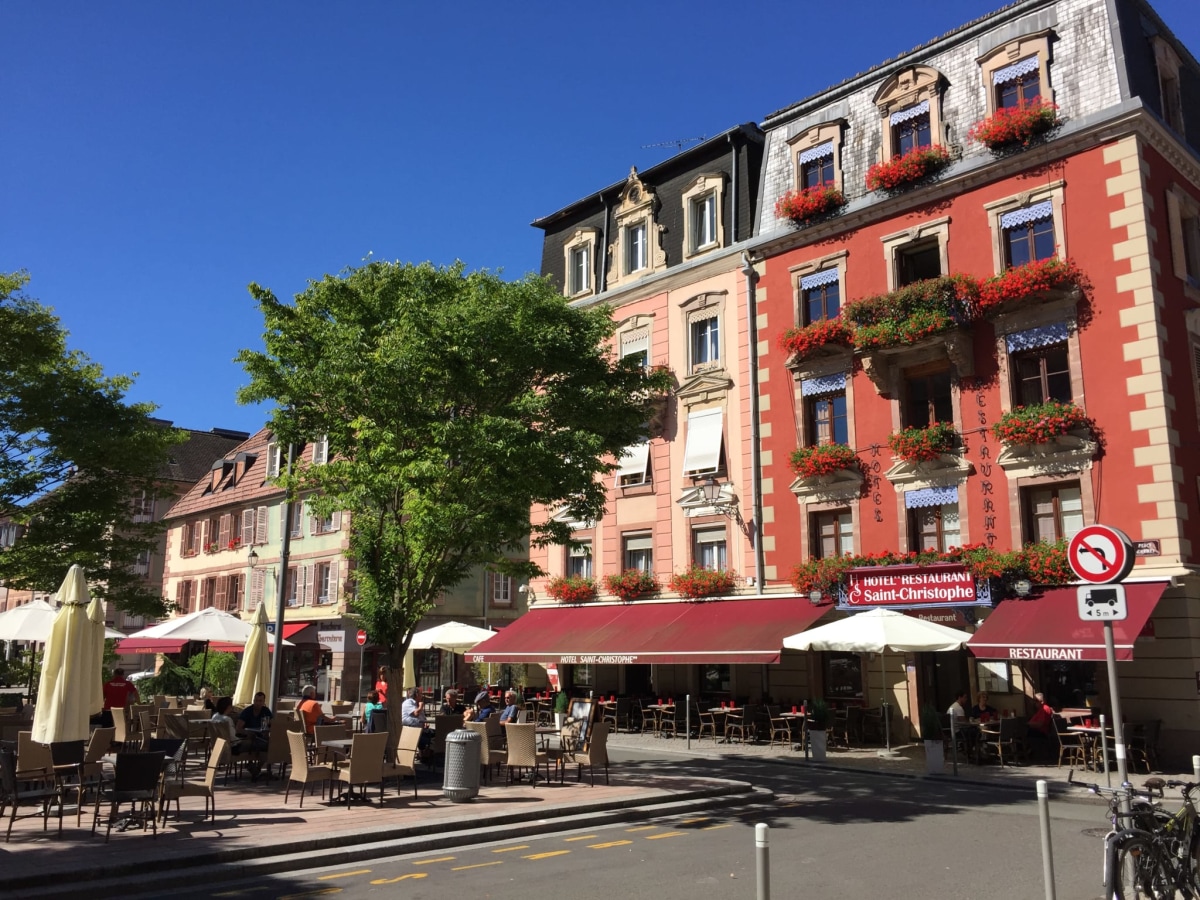 hotel-saint-christophe.com
hotel-saint-christophe.comHÔTEL L'AMIRAL
hotel-amiral.comHÔTEL DU TOURISME
tourisme-zicavo.comBEST WESTERN HOTEL SANTA MARIA
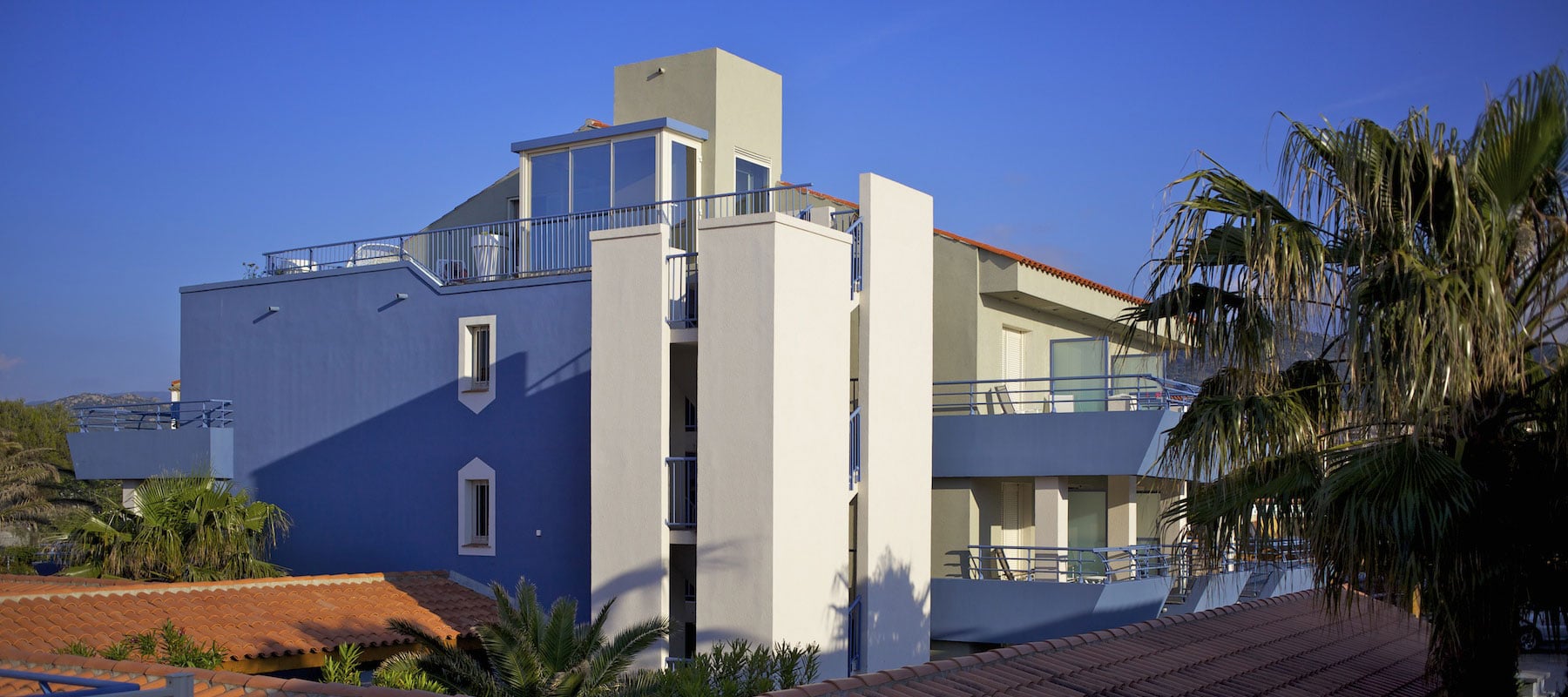 hotelsantamaria.com
hotelsantamaria.comHÔTEL CLAIR DE LUNE
hotelclairdelune.comHOTEL A CASA DI MARIA CICILIA
 casamariacicilia.com
casamariacicilia.comPAESE SERENU
paese-serenu.comCHEZ CHARLES
 hotelcorse-chezcharles.com
hotelcorse-chezcharles.comRÉSIDENCE BENISTA
corsica-locations.comHÔTEL ACQUAVIVA
 acquaviva-fr.com
acquaviva-fr.comHÔTEL LA VILLA
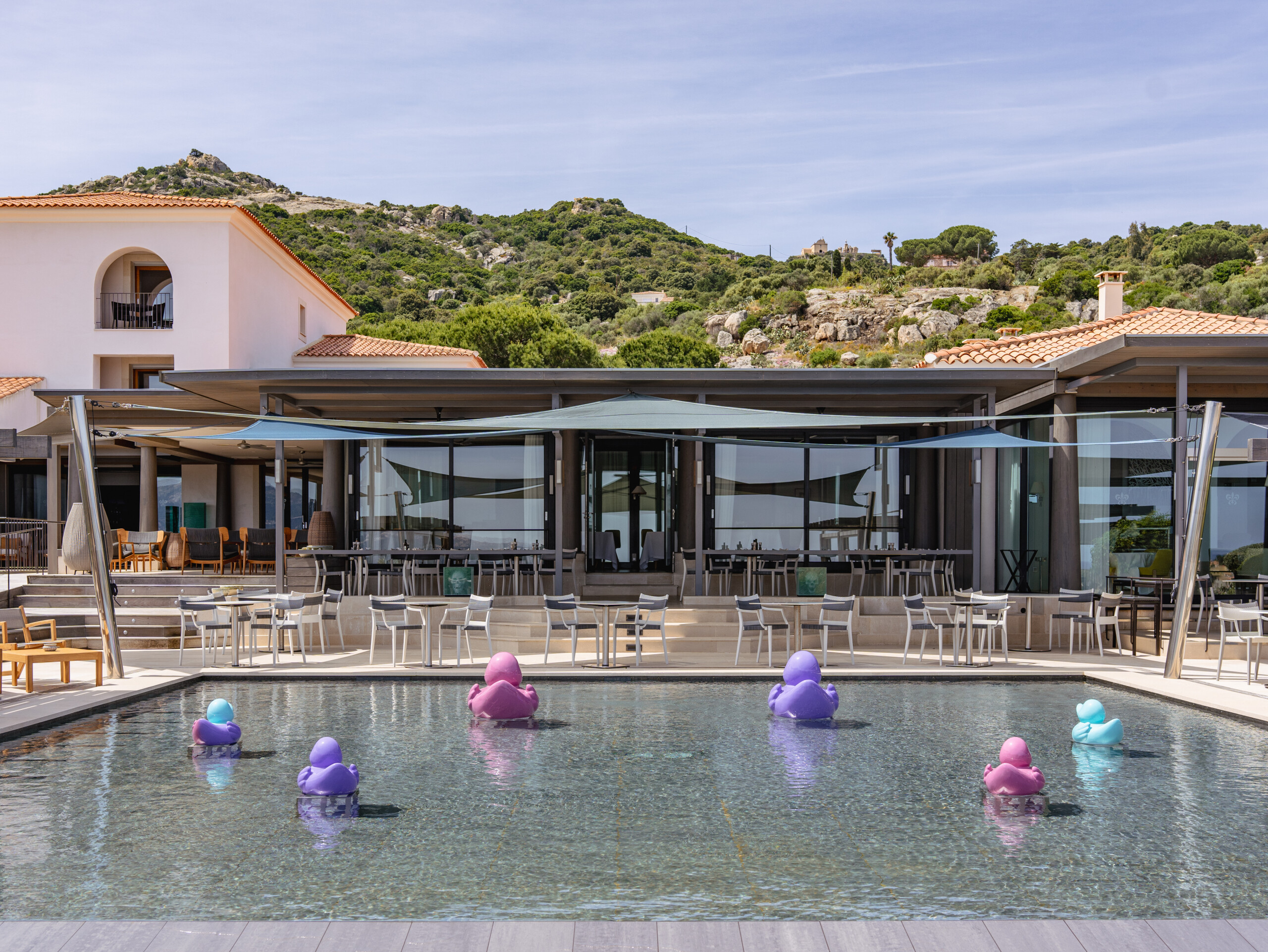 hotel-lavilla.com
hotel-lavilla.comHÔTEL LE LIDO
lelidohotel.comHÔTEL ABBAYE
hostellerie-abbaye.comHÔTEL A RENA D'ORU
arenadoru.comBEST WESTERN HOTEL ALCYON
hotel-alcyon.comHÔTEL MAQUIS ET MER
hotelmaquisetmer.comHÔTEL ALBION
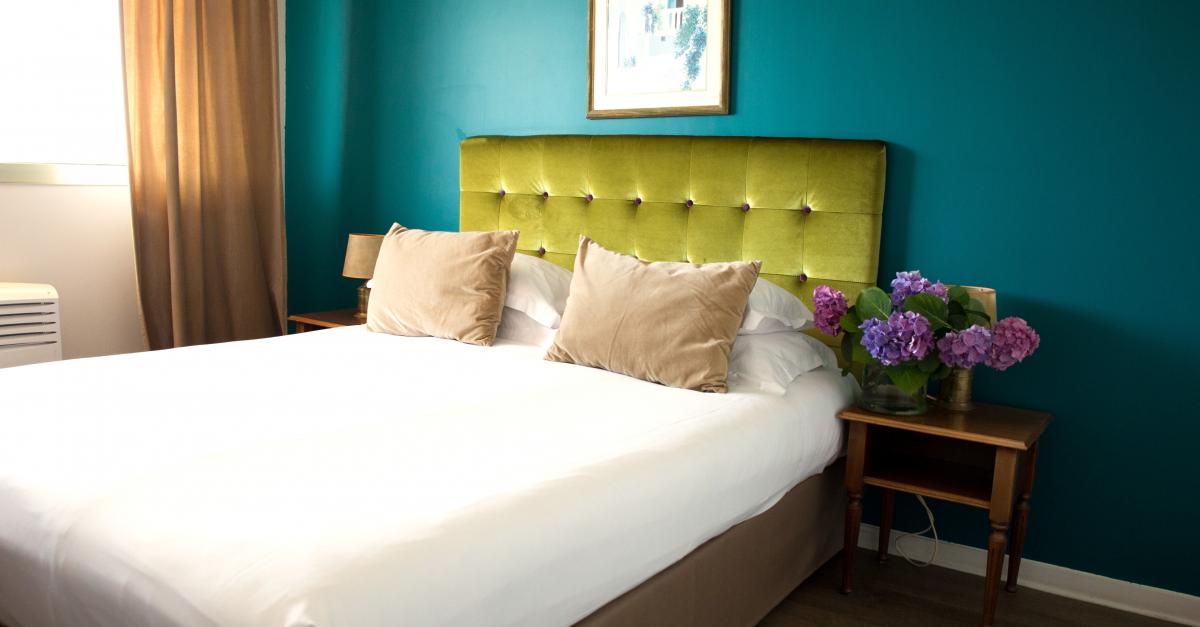 albion-hotel.com
albion-hotel.comPERLA DI MARE
perla.di.mare.frHÔTEL COSTA VERDE
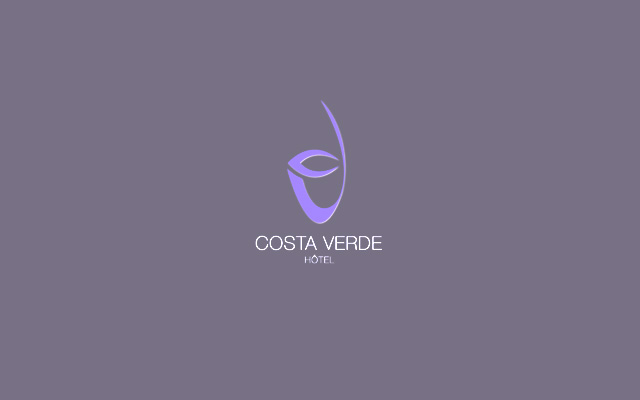 hotel-costaverde.fr
hotel-costaverde.frHÔTEL LE NARVAL
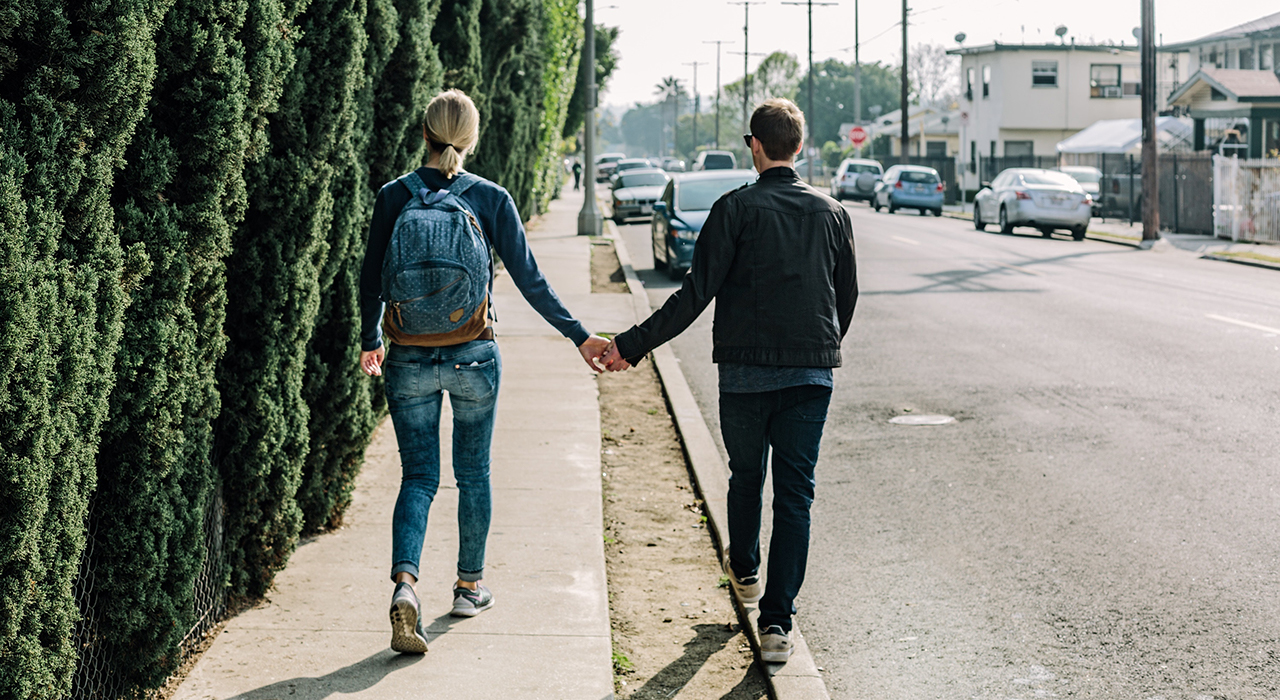 le-narval.com
le-narval.comLE VILLAGES DES ISLES
touristravacances.comHÔTEL THALASSA
 thalassa-hotel.com
thalassa-hotel.comA PIATTATELLA
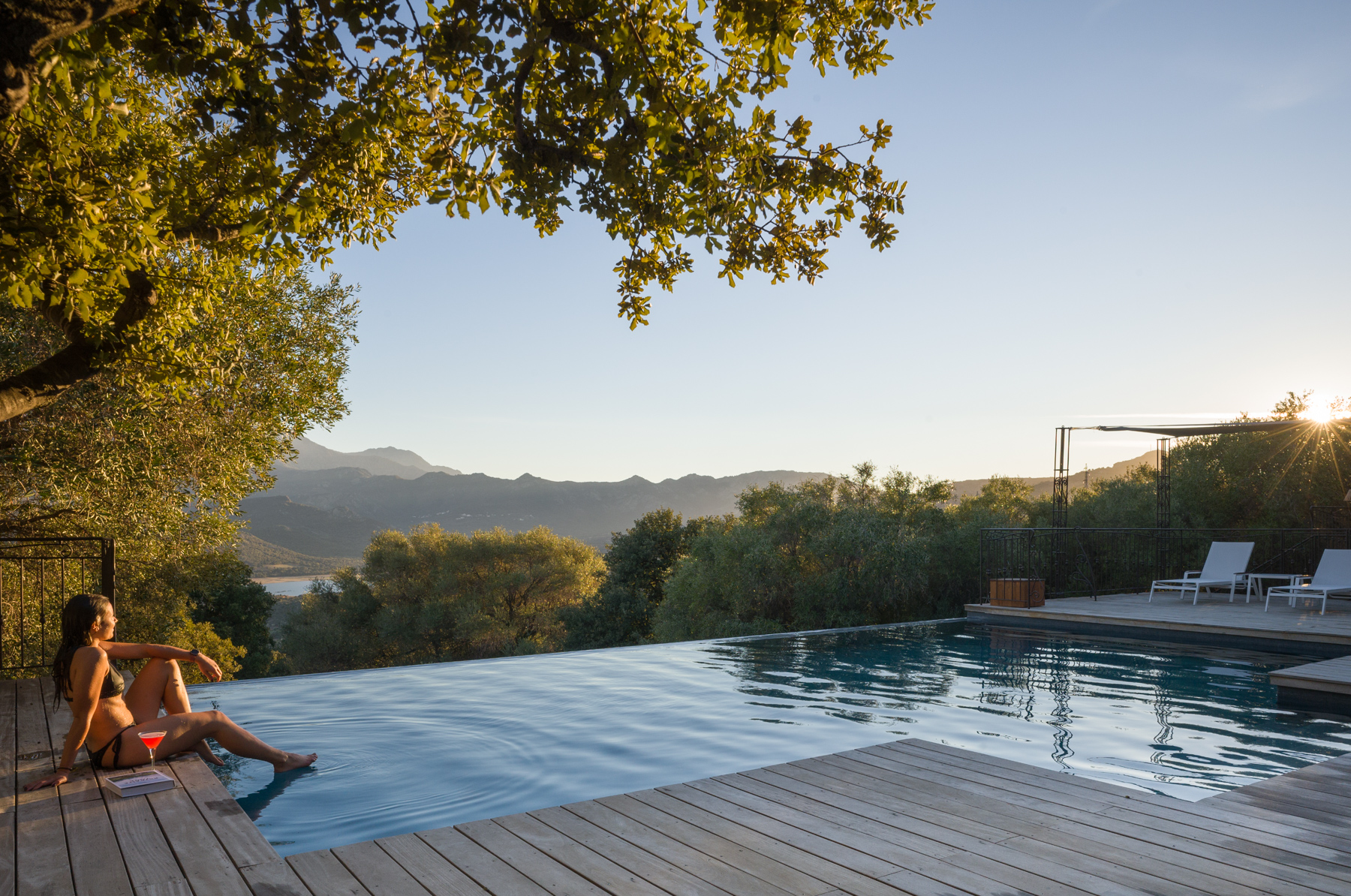 apiattatella.com
apiattatella.comHOTEL DU GOLFE
hoteldugolfe.comHÔTEL LE CORSICA
hotel-corsica-porto.comHOTEL COSTA SALINA
hotelcostasalina.comRESIDENCE U VENIQUI
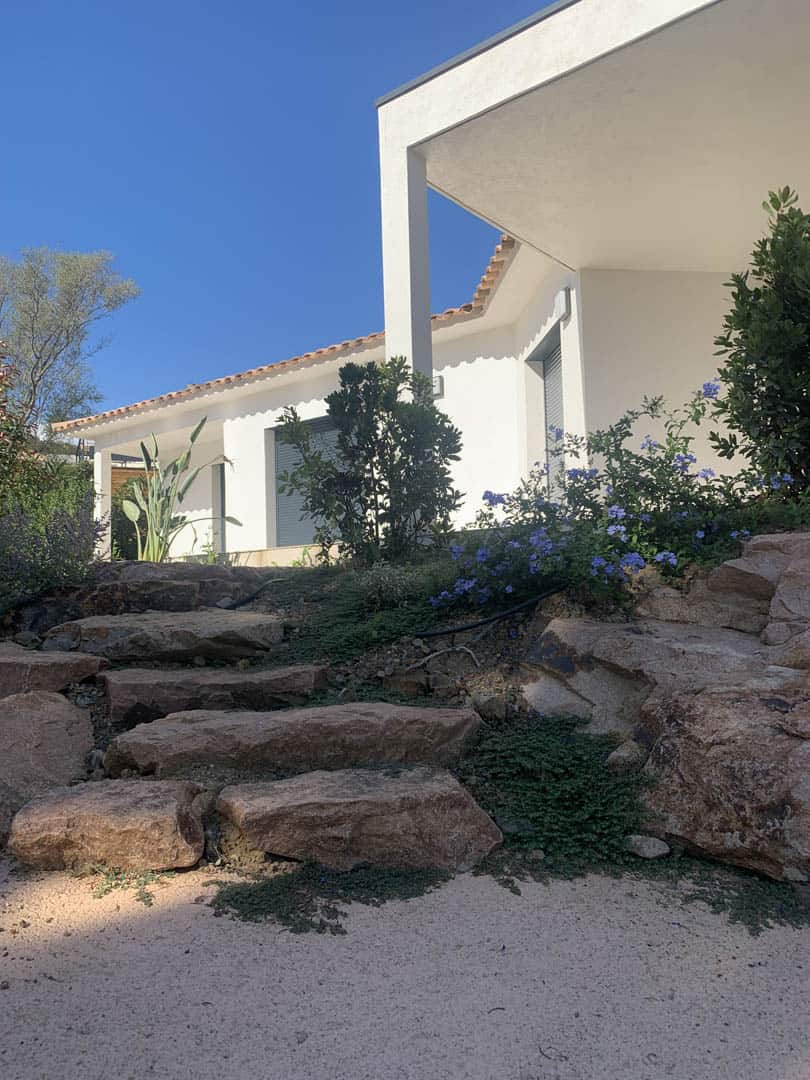 veniqui.com
veniqui.comHÔTEL POSTA VECCHIA
hotel-postavecchia.comSPLENDID HÔTEL
le-splendid-hotel.comSAMPIERO CORSO
 sampierocorso.com
sampierocorso.comHÔTEL BONAPARTE
 hotel-bonaparte-bastia.com
hotel-bonaparte-bastia.comMOTEL SAINT MICHEL
motelsaintmichel.frHÔTEL SERENADA
hotelserenada-algajola.comRÉSIDENCE MAQUIS BELLA VISTA
maquisbellavista.moonfruit.comRÉSIDENCE FUNTANA MARINA
funtanamarina.comLes Aiguilles de Bavella - I Forchi di Bavedda
The Aiguilles de Bavella are one of Corsica's most dramatic natural landmarks: a sculptural granite skyline set above a mountain pass, rich with hiking options, geological intrigue, and alpine vistas. Whether you're walking a gentle trail at the col or ascending through the alpine variant of the GR20, these needles offer an unforgettable mountain experience set against the wild backdrop of Corsican wilderness. 🏔️ What You’re Seeing Jagged granite pinnacles rising sharply above the Col de Bavella, their colours shifting from ochre to golden hues with changing light A sweeping vista where forested slopes merge into vertical rock walls, often capped with twisted laricio pines shaped by the wind . Close views of the famous “towers of Asinau,” numbered pillars that form the seven main needles of the massif Panoramic views from the Col de Bavella (1218 m), with the jagged skyline and even glimpses of the sea or Monte Incudine on clear days 📍 Overview Location & Geology The Aiguilles de Bavella form part of the Massif de Bavella, connecting the Alta Rocca to Corsica’s eastern shoreline. The col sits at 1,218 m, while the needles rise up to 1,855 m (Punta Alta) These 7 granite pinnacles—named Punta di l’Acellu, di l’Ariettu, di a Vacca, di u Pargulu, Longa, Alta and Iolla—are sculpted by intense erosion and tectonics, creating dramatic tafoni caves and sharp profiles Hiking & Trails The GR20 long-distance trail passes near the needles via the Refuge d’Asinau (~1,536 m), with an optional alpine variant that allows hikers to approach the higher towers via Bocca di u Pargulu (~1,662 m) From the Col de Bavella itself, there are several well-marked loops and scenic routes—such as the “Trou de la Bombe” and Purcaraccia waterfalls—ranging from 2 to 5 km, suitable for moderate to strenuous hiking (900 m elevation gain for longer circuits) Visitor Tips Access the site via Quenza (Alta Rocca) or Solenzara, then drive up the D268 road to the col—~2 h from Ajaccio, ~1 h from Porto‑Vecchio, ~30 min from Solenzara Parking is available at the col; arrive early in summer to avoid crowds and potential passing delays on narrow mountain roads . Ideal visiting times are early morning or late afternoon, when the light enhances the granite’s colour and hikes feel more comfortable in cooler temperatures . Nature & Wildlife The rocky, wind-swept slopes and high valleys host unique wildlife such as Corsican mouflon, bearded vultures, and the endemic Corsican nuthatch and finch .
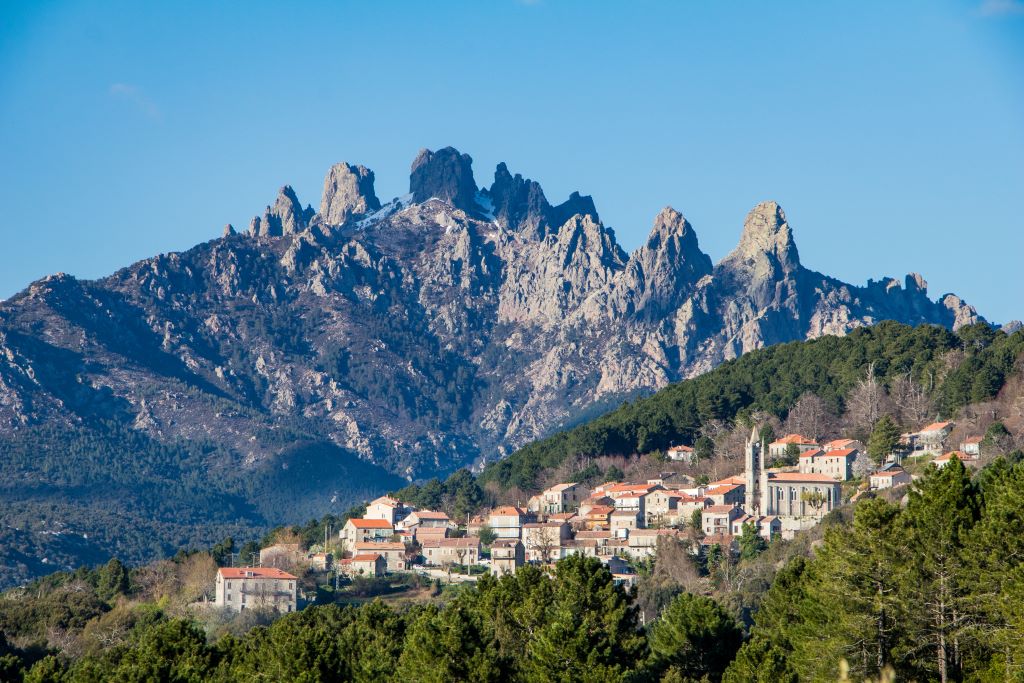 google.com
google.comRÉSIDENCE SAN MARTINU
odalys-vacances.comHÔTEL NAPOLÉON
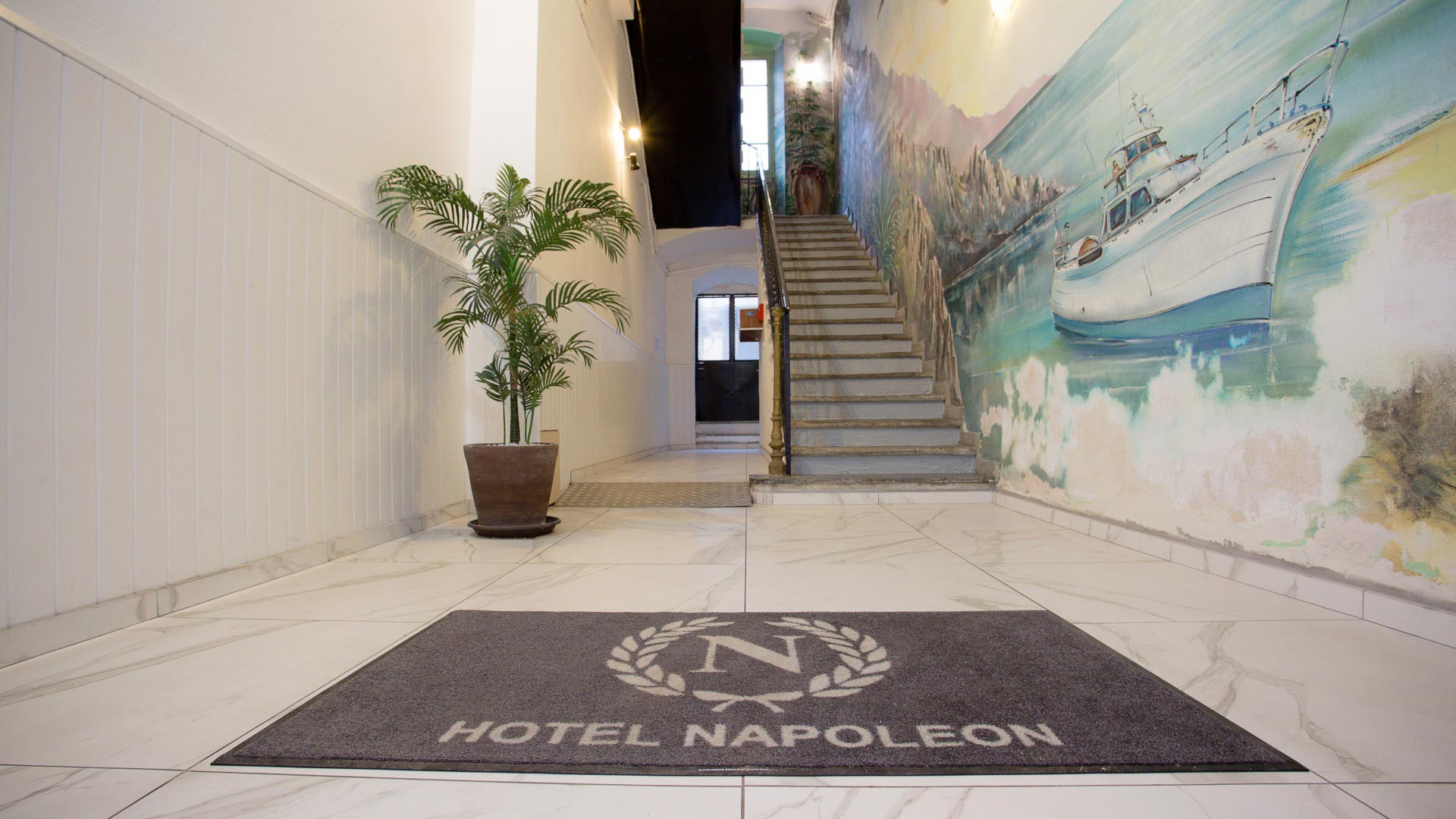 hotel-napoleon-bastia.fr
hotel-napoleon-bastia.frHÔTEL LES LENTISQUES
leslentisques.comHÔTEL LE TOURISME
 hoteldutourisme.fr
hoteldutourisme.frSUD HÔTEL
 sudhotel-bastia.com
sudhotel-bastia.comRÉSIDENCE LES HAMEAUX DE CAPRA SCORSA
 odalys-vacances.com
odalys-vacances.comHÔTEL SANTA MARIA
 hotel-santa-maria.com
hotel-santa-maria.comRÉSIDENCE DOMAINE DE CARANELLA
caranella.comHÔTEL CAPO ROSSO
caporosso.comPrehistoric station Filitosa
Filitosa is one of Europe’s most extraordinary open‑air museums of prehistory, where visitors can walk among monumental carved menhirs and ancient ruins. From the Neolithic to Bronze Age civilizations, the site reveals a long human presence marked by artistic and architectural achievement. Sculpted warrior‑statues, fortified structures, and a thoughtful new museum bring to life Corsica’s deep past in a beautifully preserved natural setting.
 filitosa.fr
filitosa.frHÔTEL LE KALLISTE
lekalliste.frLES OLIVIERS
residencelesoliviers.comLIBERATA
hotel-ilerousse.frHÔTEL LE MAGNOLIA
 hotel-le-magnolia.com
hotel-le-magnolia.comMusée Pascal Paoli - Museu Pasquale Paoli
The Musée Pasquale Paoli is a compelling small museum offering authentic insight into the life, ideals, and legacy of U Babbu di a Patria. Whether you're walking through his birthplace, exploring the political artefacts of Corsican self-rule, or visiting the chapel that houses his repatriated remains—the museum provides a personal, enlightening experience. 🏛️ What You’re Seeing Exterior of the Paoli family house in Stretta (Morosaglia)—this preserved 18th-century home, with its traditional slate roof and chestnut floors, now welcomes visitors as a museum. Interior exhibition room featuring portraits, interactive screens, and historic artefacts that narrate Paoli’s story. Collection displays including personal items—furniture, weapons like rifles and revolvers, rare coins (“soldi”), and original documents such as the 1755 Corsican Constitution. Funeral chapel adjacent to the exhibition room, which holds Paoli’s ashes repatriated from London, along with the original tombstone plaque from St. Pancras.
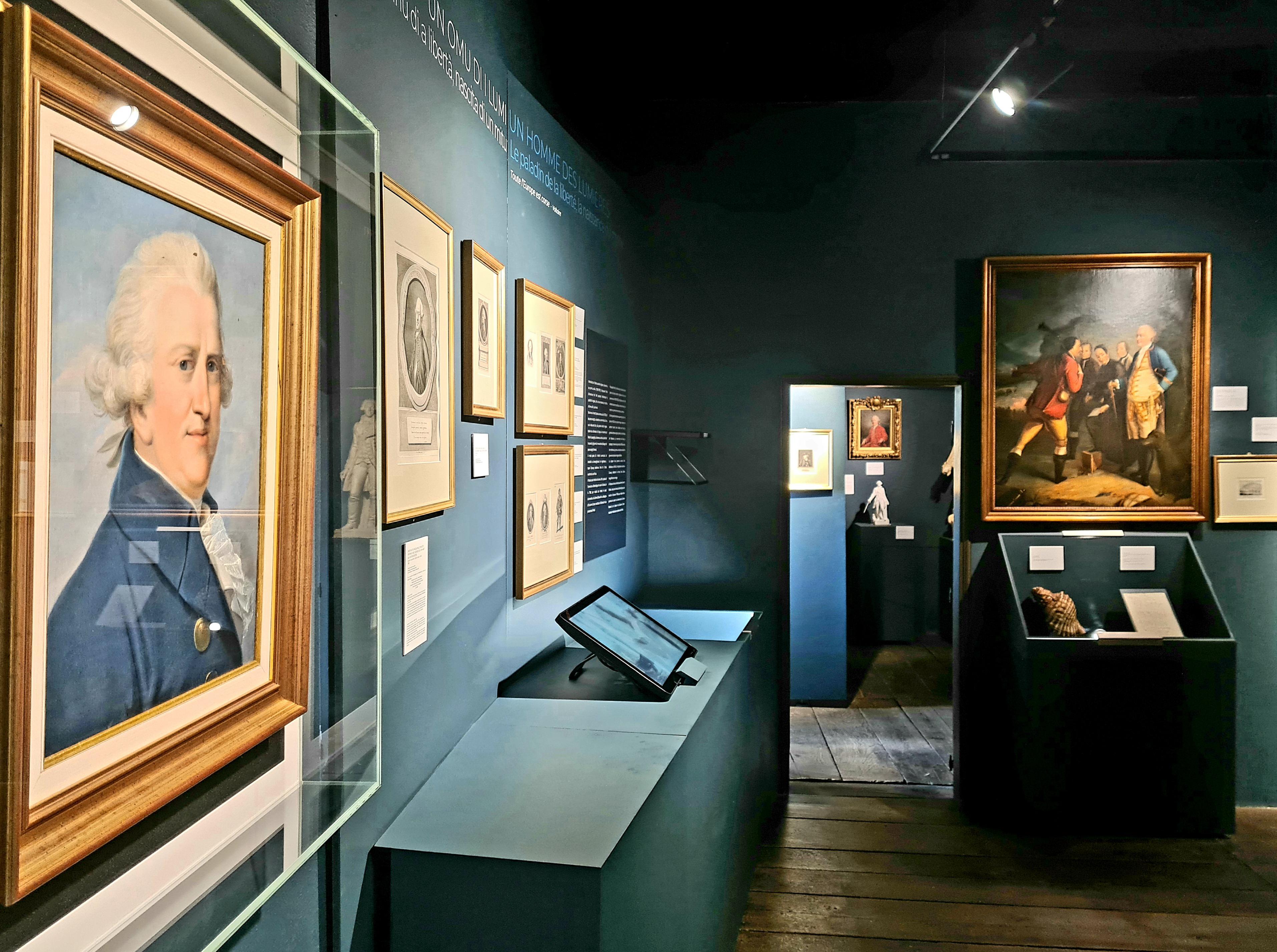 google.com
google.comCALVI HÔTEL
calvi-hotel.comHÔTEL OSTERIA A STALLA SISCHESE
astallasischese.comHÔTEL SCOPA-ROSSA
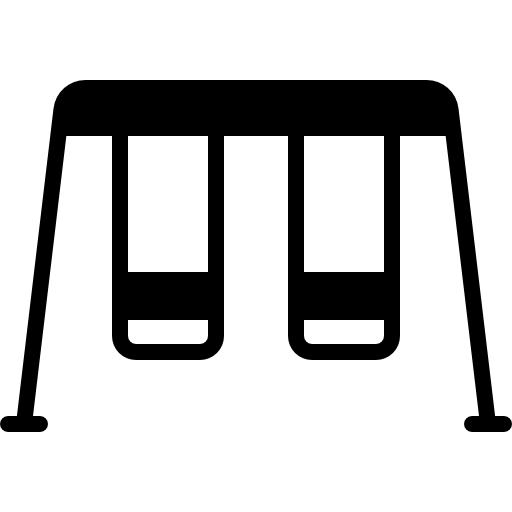 hotelscoparossa.com
hotelscoparossa.comHOTEL E CASELLE
 ecaselle.com
ecaselle.comLA CARAVELLE
 hotel-la-caravelle.com
hotel-la-caravelle.comRESIDENCE U PIRELLU
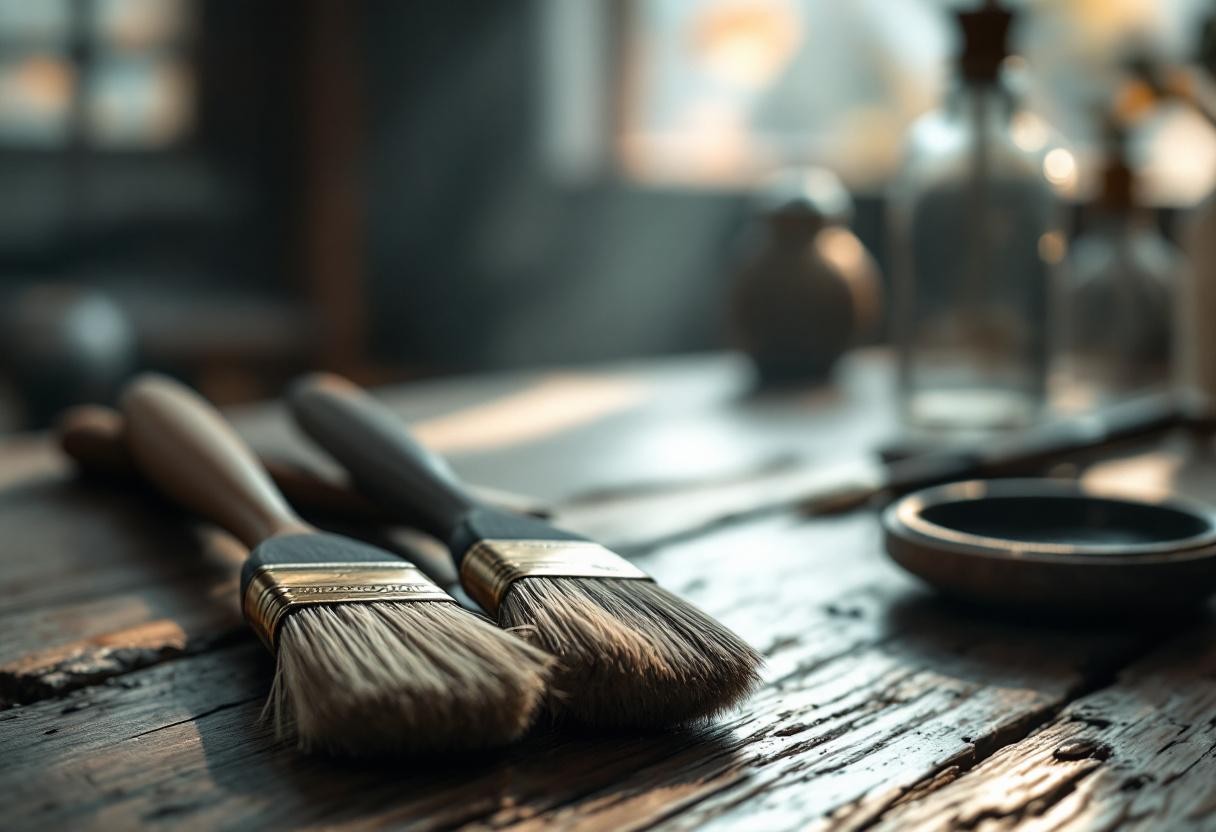 residence-corse-palombaggia.com
residence-corse-palombaggia.comHÔTEL PORETTA
hotel-poretta.comHÔTEL DON CESAR
hoteldoncesar.comHÔTEL IMPERIAL
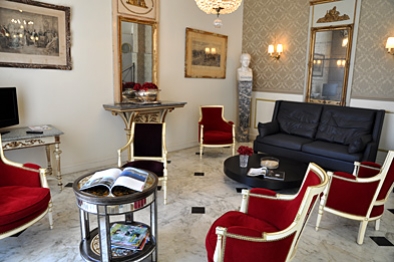 hotelimperial-ajaccio.fr
hotelimperial-ajaccio.frHOTEL KALLISTE
 hotel-kalliste.com
hotel-kalliste.comHÔTEL ARMONIA
hotel-armonia-corte.comHÔTEL LA SIGNORIA
 hotel-la-signoria.com
hotel-la-signoria.com